Plywood ceilings have emerged as a versatile and cost-effective solution for transforming any space with warmth, texture, and visual interest. This affordable material offers endless design possibilities, from sleek contemporary patterns to rustic exposed beam styles. Whether you're renovating a bedroom, updating a kitchen, or designing a living room, plywood provides durability and aesthetic appeal that complements both modern and traditional interiors. The natural wood grain adds character while maintaining budget-friendly installation costs compared to traditional materials.
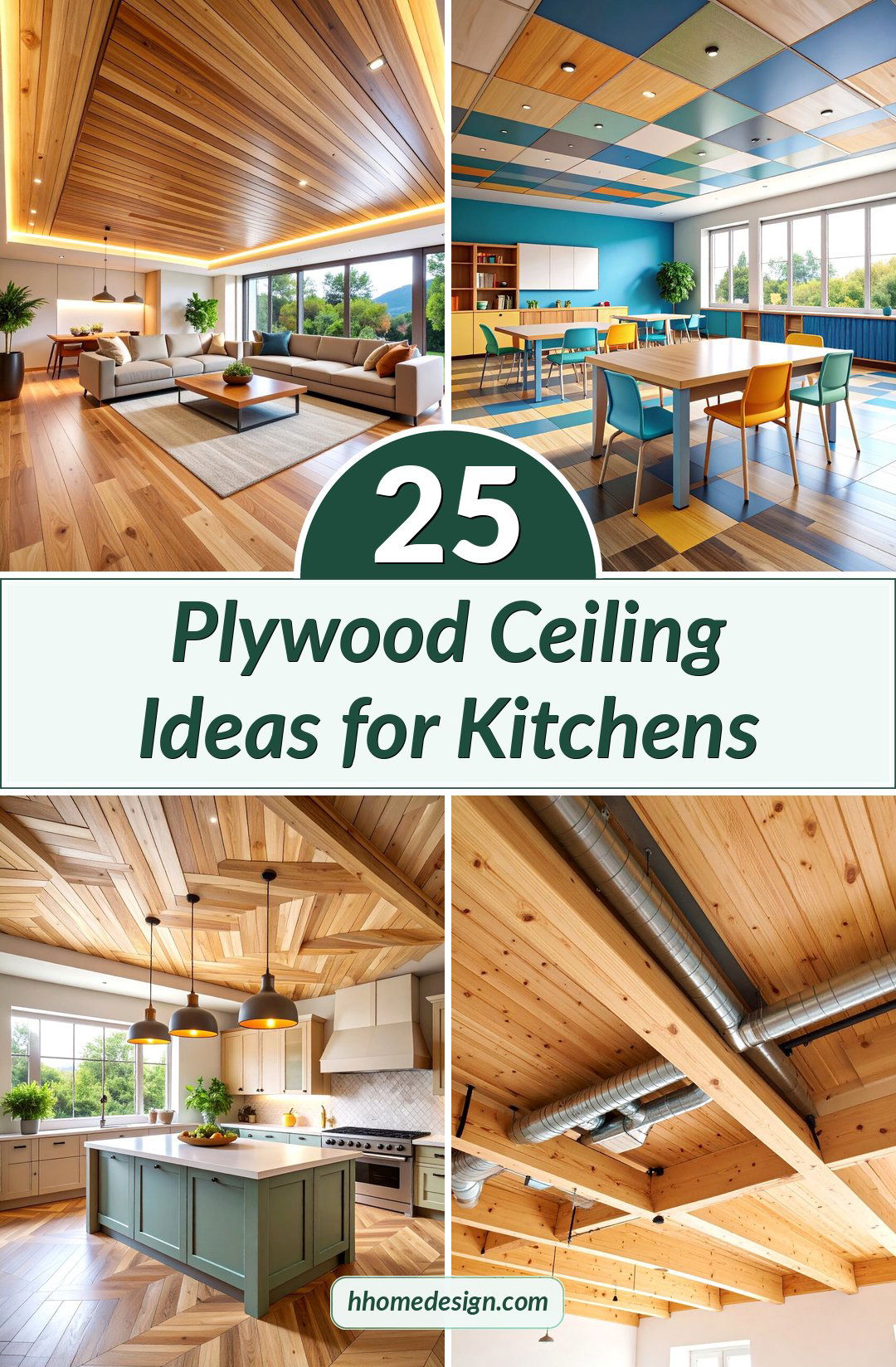
1. Linear Plywood Panel Ceiling
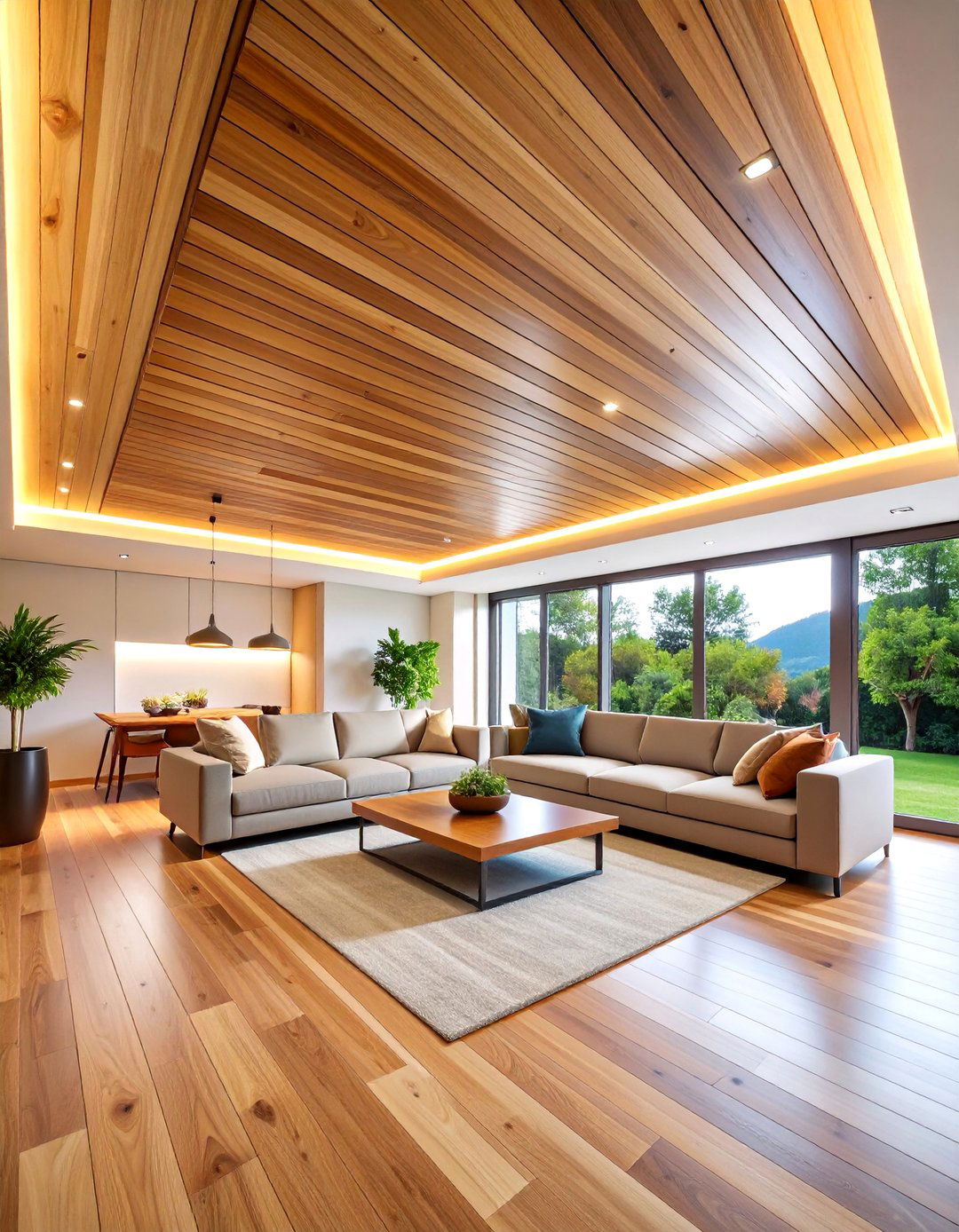
Contemporary linear plywood panels create a sleek, modern aesthetic that elongates any room. This design features horizontal or vertical planks arranged in parallel lines, offering clean geometric appeal perfect for minimalist interiors. The uniform spacing between panels creates subtle shadow lines that add depth and dimension. Installation involves mounting quarter-inch plywood strips directly to ceiling joists with consistent gaps for visual rhythm. Natural maple or birch plywood works exceptionally well, showcasing beautiful grain patterns. A clear polyurethane finish enhances the wood's natural beauty while providing protection. This versatile design complements both neutral and bold color schemes throughout the space.
2. Geometric Hexagon Plywood Ceiling

Hexagonal plywood panels arranged in honeycomb patterns create striking visual impact and contemporary sophistication. This design transforms ordinary ceilings into artistic focal points through precisely cut geometric shapes that interlock seamlessly. Each hexagon measures approximately eighteen inches across, creating optimal proportions for most room sizes. The three-dimensional effect adds architectural interest while maintaining clean, modern lines. Installation requires careful planning and precise measurements to ensure perfect alignment. Different stain colors can create contrasting effects, with alternating light and dark hexagons for dramatic appeal. This design works particularly well in dining rooms, home offices, or modern bedrooms seeking unique architectural elements.
3. Coffered Plywood Grid Ceiling

Traditional coffered ceilings receive modern updates through plywood construction, creating sophisticated depth and classical elegance. This design features recessed square or rectangular panels within a grid framework, adding three-dimensional architectural interest. The systematic pattern creates visual height while incorporating recessed lighting between grid sections. Quarter-inch plywood panels form the recessed areas, while thicker lumber creates the raised grid framework. Rich walnut stain or painted finishes complement various interior styles from transitional to contemporary. Strategic lighting placement within coffers enhances the dimensional effect. This timeless design elevates formal dining rooms, living spaces, or home libraries with distinguished character.
4. Herringbone Pattern Plywood Ceiling

Herringbone plywood installations create dynamic visual movement through zigzag patterns that add sophisticated texture to any ceiling. This classic pattern uses rectangular plywood strips arranged at alternating angles, creating V-shaped formations across the surface. The intricate design draws eyes upward while adding warmth and character to contemporary spaces. Installation requires precise cutting and careful planning to maintain consistent angles throughout. Natural oak plywood with clear finish showcases the beautiful grain patterns inherent in this arrangement. The directional lines can make rooms appear larger while adding architectural complexity. This design particularly enhances modern farmhouse, transitional, or Scandinavian-inspired interiors seeking textural interest.
5. Suspended Drop-Down Plywood Ceiling
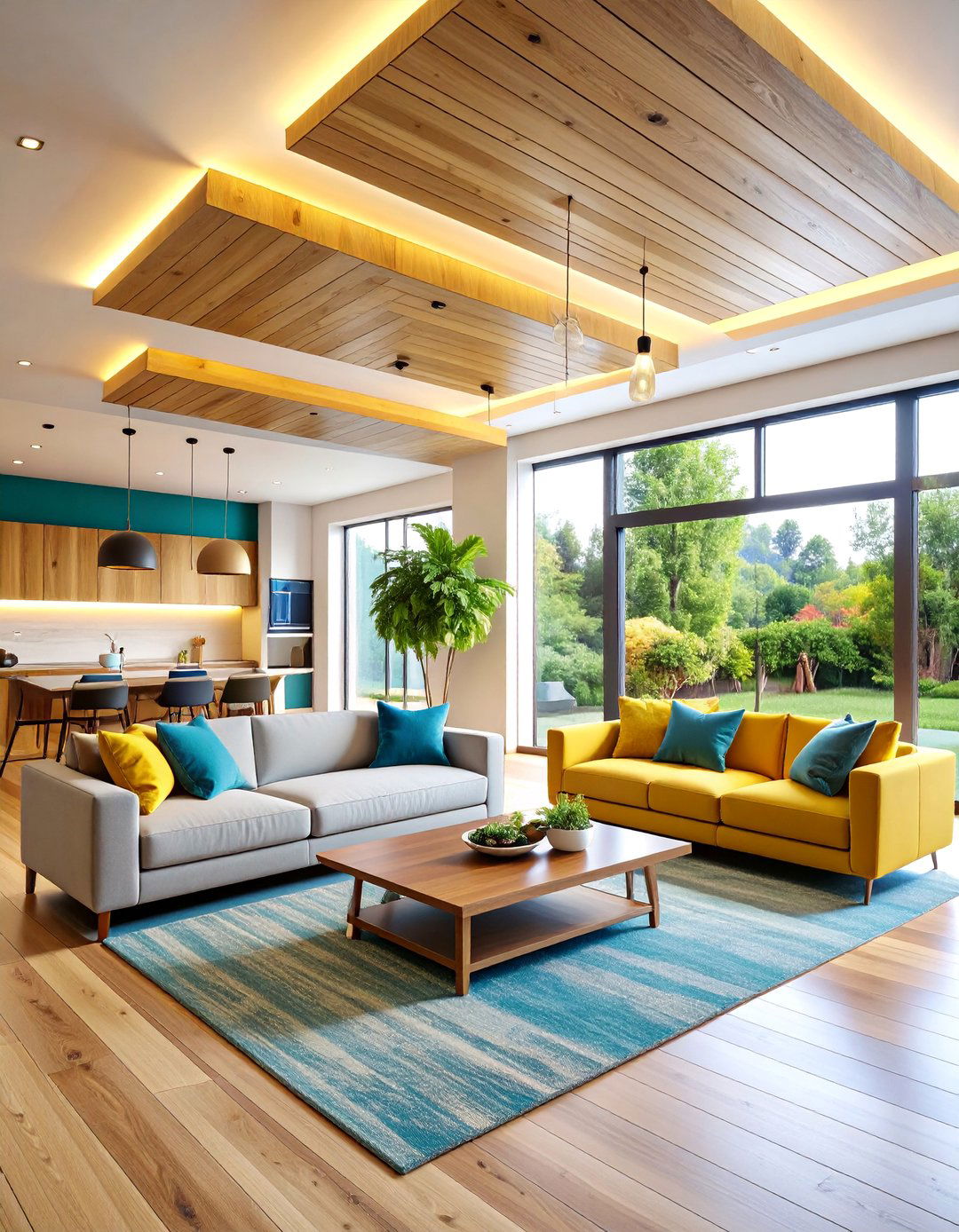
Floating plywood ceiling panels create layered, three-dimensional effects that add contemporary sophistication to high-ceiling spaces. This design involves suspending plywood sections at varying heights, creating visual depth and architectural interest. The dropped sections can incorporate LED strip lighting along edges for dramatic ambient illumination. Different panel sizes and shapes create custom configurations tailored to specific room layouts. Natural birch plywood with matte finish provides clean, modern aesthetics. The suspended design allows easy access to utilities while creating intimate zones within larger spaces. This approach works exceptionally well in open-concept living areas, modern kitchens, or commercial spaces requiring functional beauty.
6. Chevron Angle Plywood Ceiling
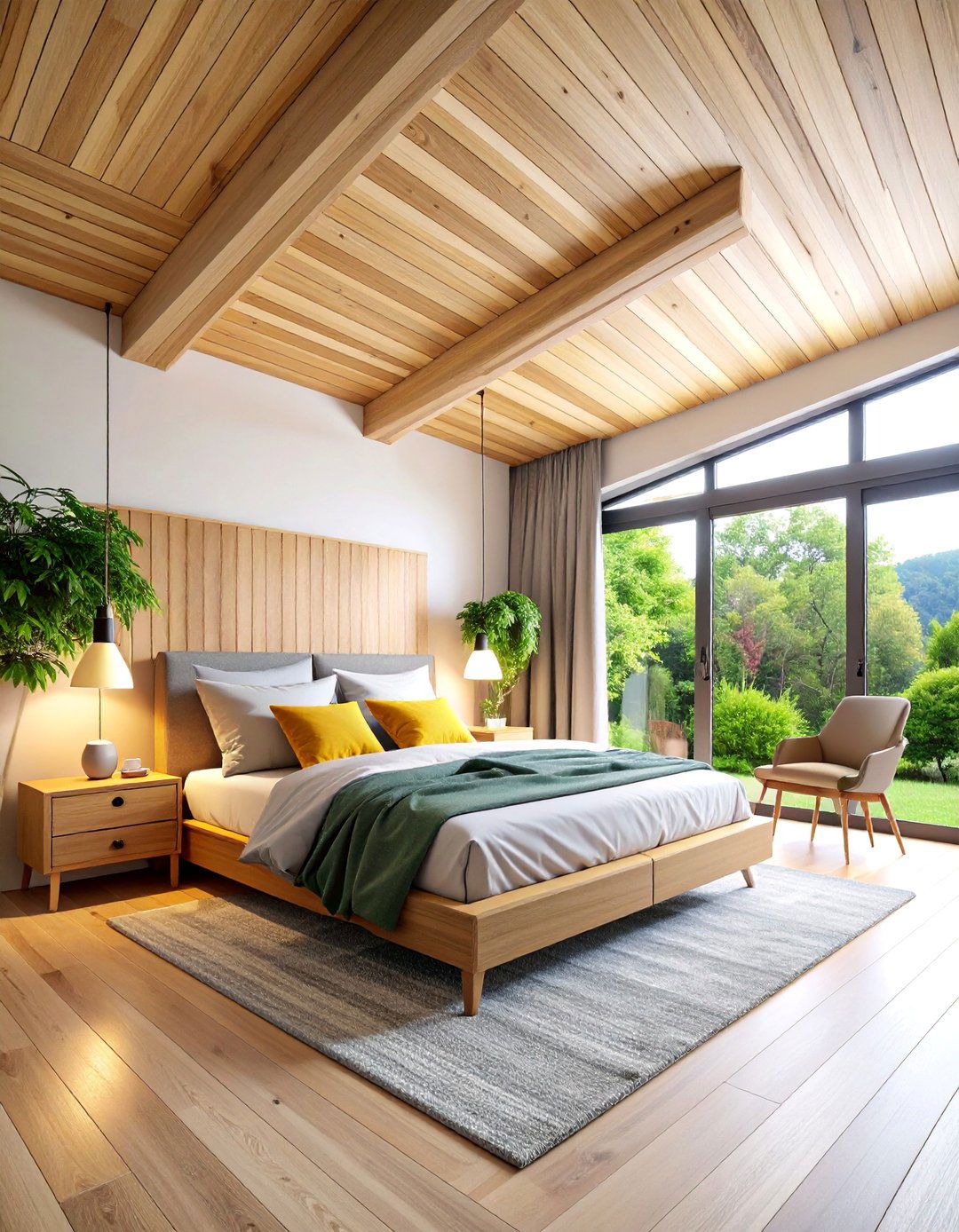
Chevron plywood patterns create bold directional statements through V-shaped arrangements that energize ceiling designs with dynamic visual flow. This striking pattern uses plywood planks cut at precise angles, typically forty-five degrees, meeting at central points to form continuous zigzag lines. The dramatic geometric effect adds contemporary flair while maintaining natural wood warmth. Installation requires careful measurement and cutting to ensure perfect angle alignment throughout. Light ash plywood with semi-gloss finish enhances the pattern's visual impact while providing durability. The directional lines can guide traffic flow or emphasize specific areas within larger spaces. This design complements modern, industrial, or eclectic interiors seeking bold architectural statements.
7. Rustic Exposed Beam Plywood Ceiling
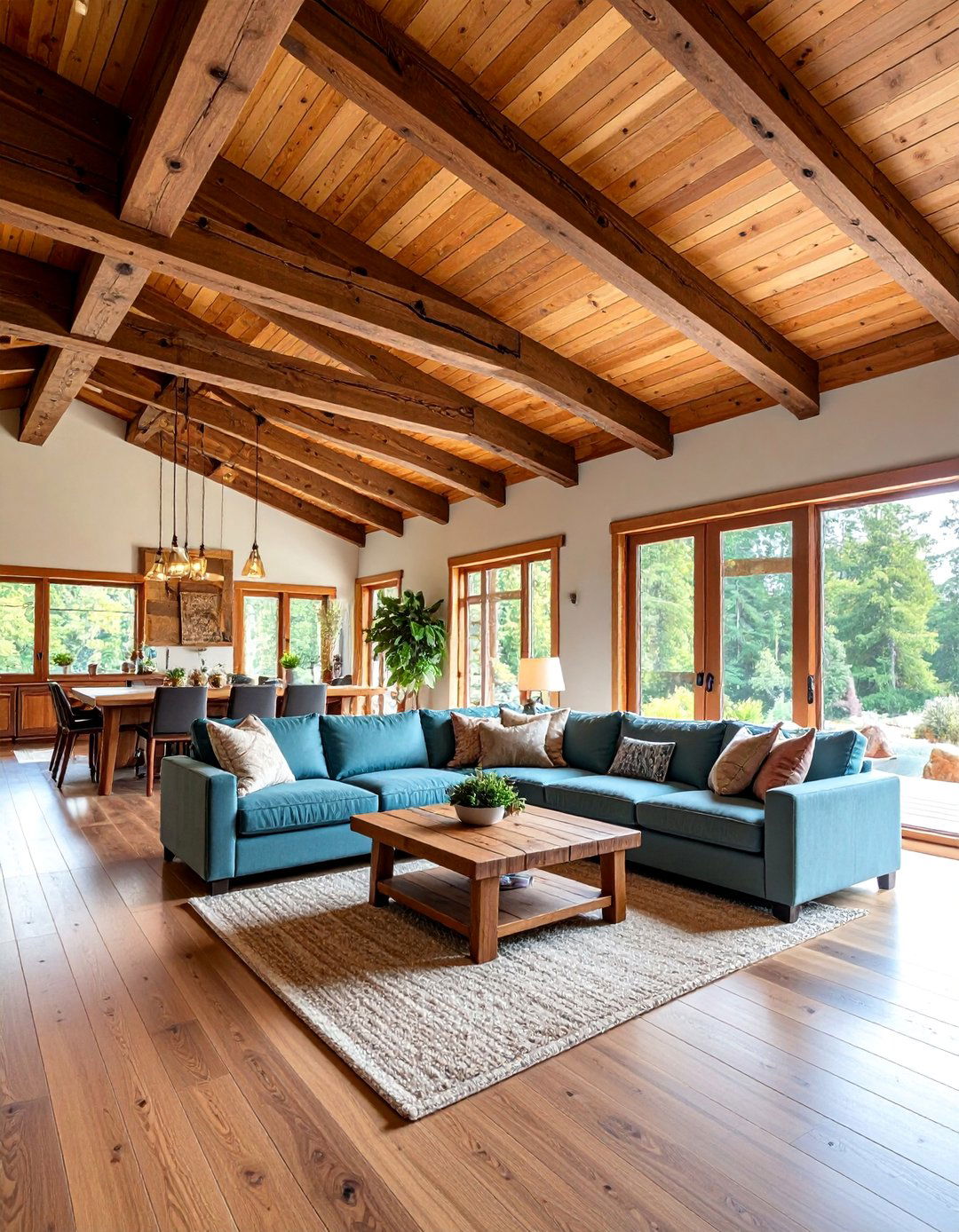
Exposed beam ceilings combine structural plywood with decorative timber elements, creating authentic rustic charm and farmhouse appeal. This design features visible ceiling joists with plywood panels installed between beams, showcasing construction elements as decorative features. The contrast between rough-hewn beams and smooth plywood creates textural variety and visual interest. Dark walnut stain on beams paired with natural plywood finish emphasizes the material contrast. This approach works particularly well in vaulted ceilings or rooms with existing structural elements. The design adds warmth and character to modern farmhouse, cabin, or industrial-style interiors. Exposed electrical conduits and fixtures enhance the authentic, unpretentious aesthetic.
8. Curved Wave Plywood Ceiling
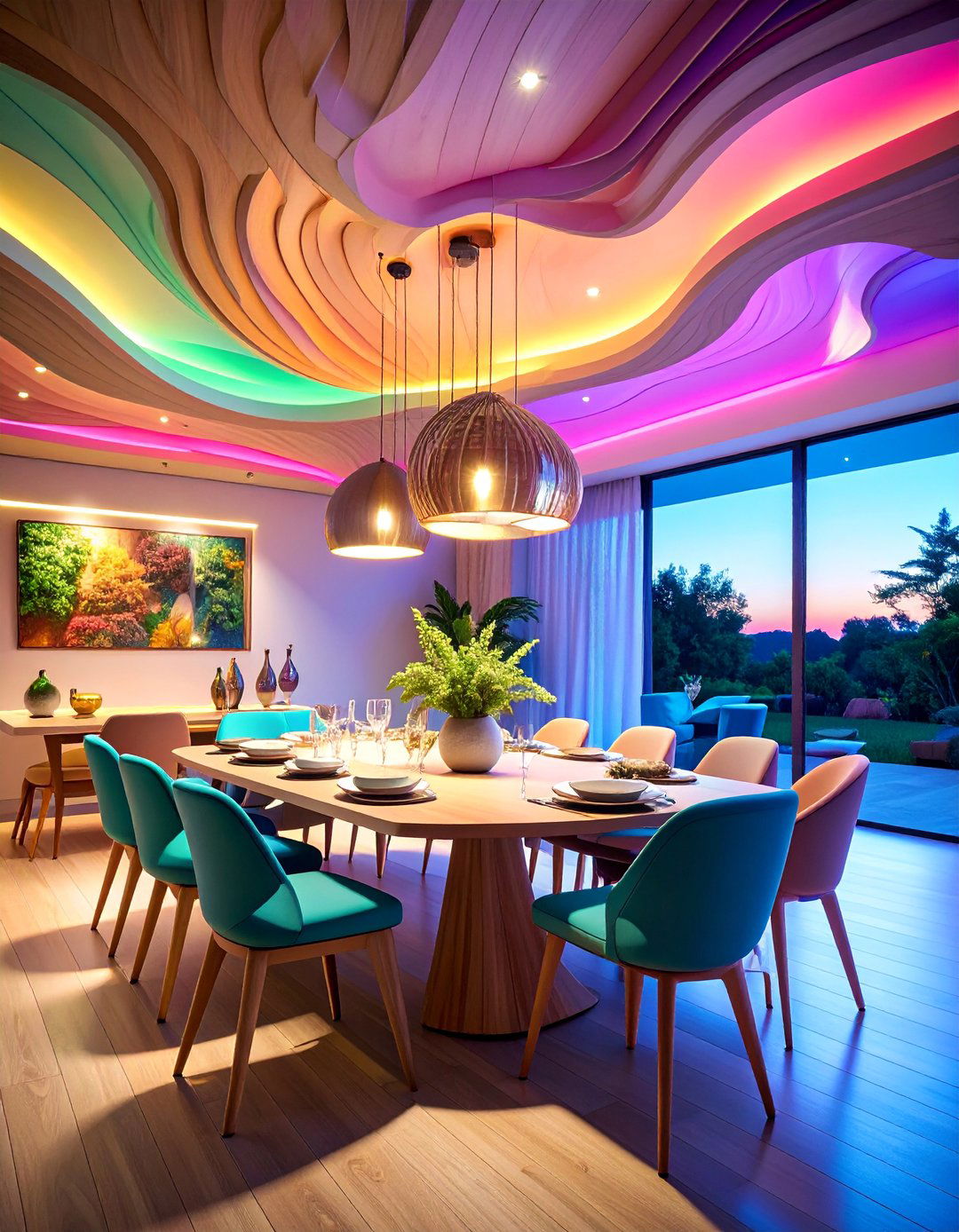
Flowing curved plywood installations create organic, sculptural ceiling designs that add movement and artistic flair to contemporary spaces. This innovative approach uses flexible plywood bent into gentle waves or undulating forms, creating three-dimensional landscape effects. The curves can follow room contours or create independent artistic statements. Installation requires specialized techniques and additional framing to support the curved forms. Light-colored birch plywood emphasizes the flowing lines while maintaining clean, modern aesthetics. Strategic lighting placement highlights the dimensional changes and creates dramatic shadow play. This design works exceptionally well in modern homes, creative spaces, or commercial environments seeking unique architectural features that challenge conventional ceiling expectations.
9. Plywood Plank Ceiling with Integrated Lighting
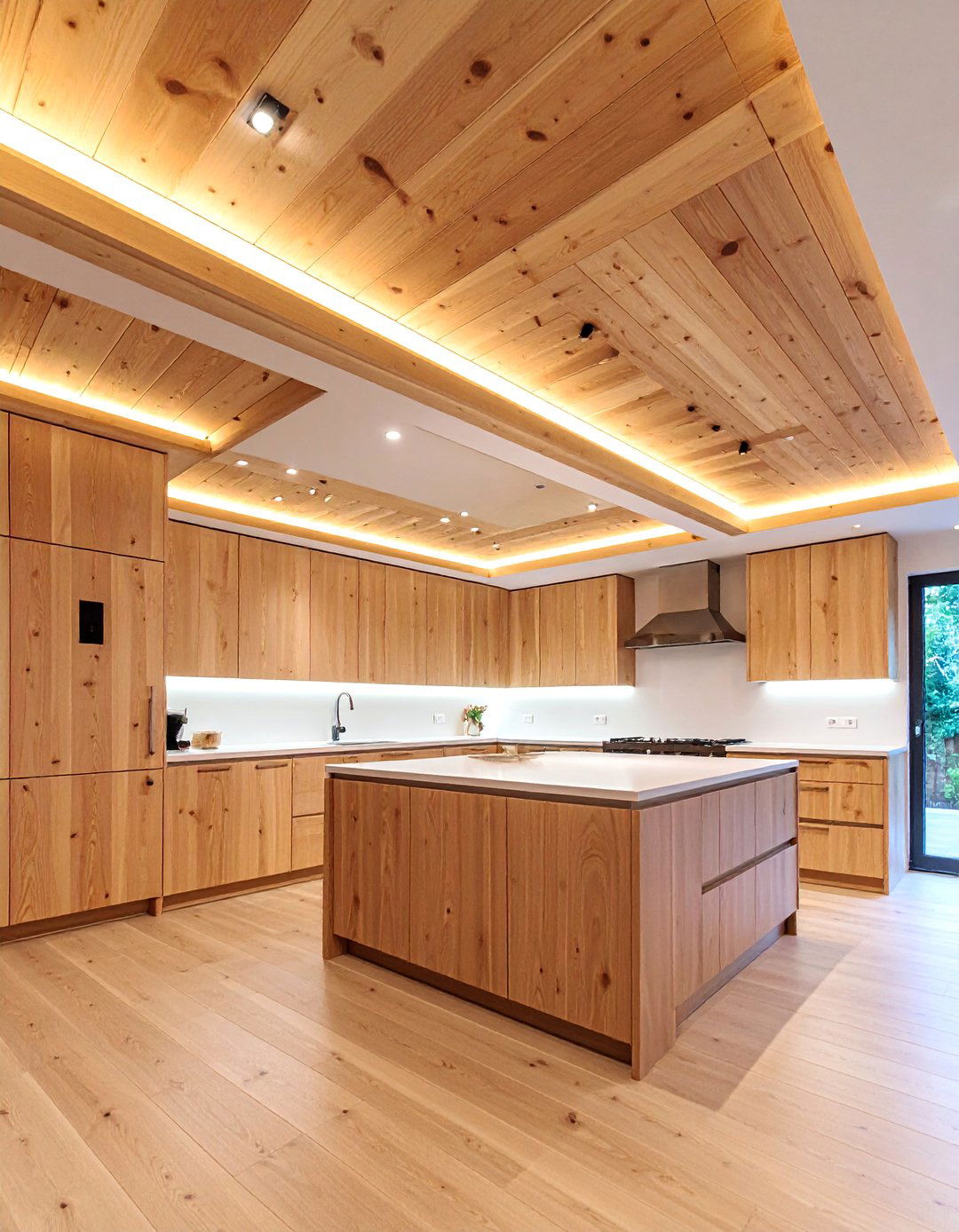
Traditional plank-style plywood ceilings incorporate integrated LED lighting systems for functional illumination and dramatic visual effects. This design features parallel plywood strips with recessed channels containing LED strip lights, creating both ambient and task lighting. The planks can run horizontally or vertically, depending on desired visual effects and room proportions. Natural pine plywood with clear finish provides warm, inviting aesthetics while showcasing beautiful grain patterns. The integrated lighting eliminates need for traditional fixtures while creating clean, uncluttered ceiling lines. This approach works particularly well in kitchens, bathrooms, or home offices requiring both style and functionality in overhead lighting solutions.
10. Diamond Grid Plywood Ceiling
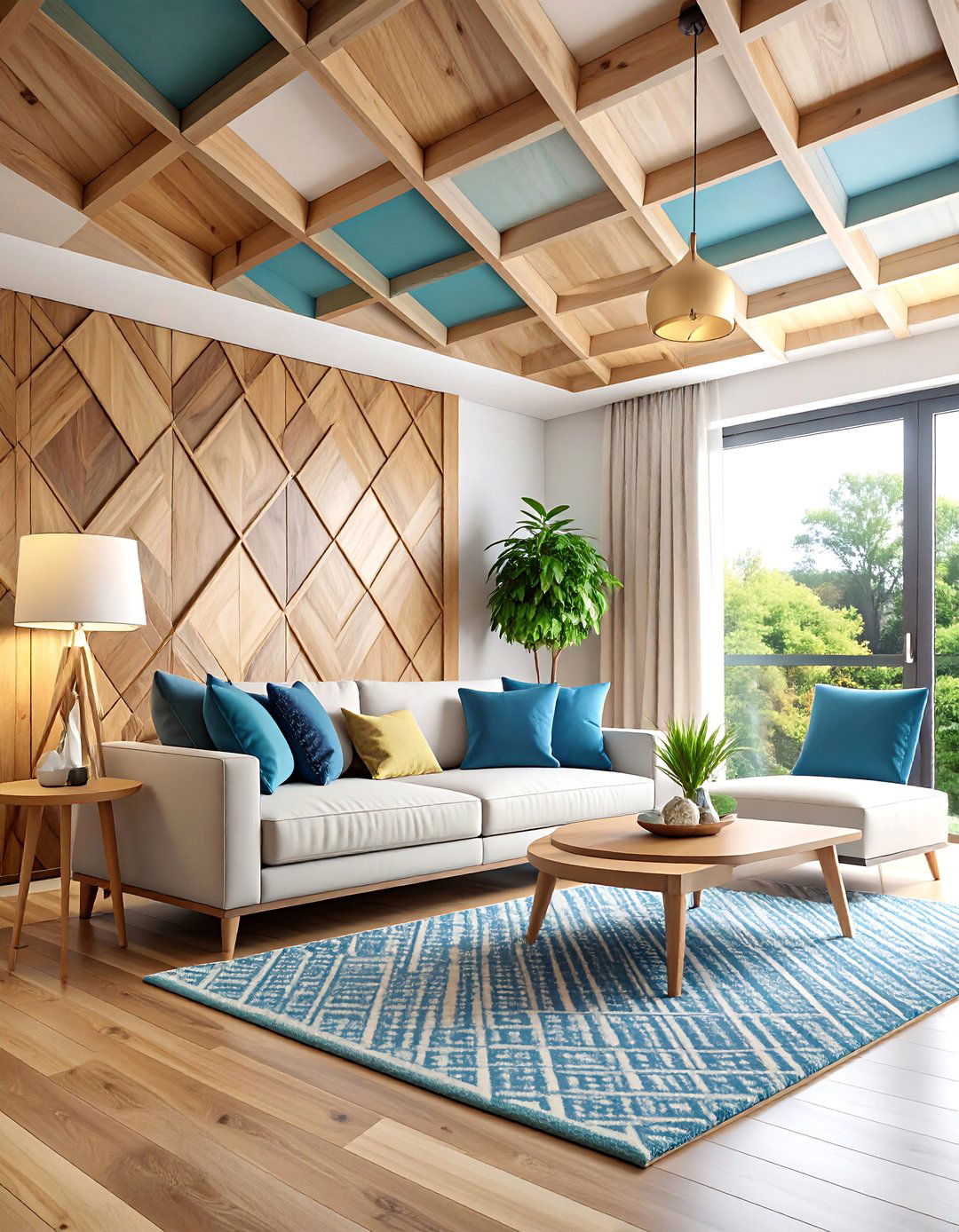
Diamond-pattern plywood arrangements create sophisticated geometric interest through rotated square panels forming interconnected diamond shapes. This complex pattern adds visual depth while maintaining balanced, symmetrical appeal throughout the ceiling surface. Each diamond measures approximately two feet across, creating optimal proportions for most residential spaces. The grid system allows for creative color combinations using different stain colors or painted finishes. Installation requires precise cutting and careful layout planning to ensure perfect alignment. Natural maple plywood with alternating stain colors creates striking contrast effects. This design complements transitional, contemporary, or eclectic interiors seeking unique architectural details that maintain sophisticated elegance.
11. Plywood Acoustic Panel Ceiling

Perforated plywood acoustic panels combine sound absorption with natural wood aesthetics, creating functional ceiling solutions for media rooms and open spaces. This design features plywood panels with strategically placed holes that improve room acoustics while maintaining beautiful wood appearance. The perforations can create artistic patterns while serving acoustic functions. Backing materials provide sound absorption without compromising visual appeal. Natural oak plywood with clear finish showcases grain patterns while delivering acoustic performance. Installation involves standard ceiling mounting with additional acoustic backing materials. This approach works exceptionally well in home theaters, music rooms, or open-concept spaces requiring noise control without sacrificing design aesthetics.
12. Whitewashed Plywood Ceiling

Whitewashed plywood finishes create bright, airy ceiling designs that maintain natural wood texture while providing coastal or Scandinavian-inspired aesthetics. This technique involves applying diluted white paint or specialized whitewash stains that allow grain patterns to show through. The result combines wood warmth with light-reflecting properties that brighten interior spaces. Installation uses standard plywood panels with whitewash finish applied after mounting. The technique works particularly well with pine or birch plywood, emphasizing natural grain characteristics. This approach complements beach house, farmhouse, or minimalist interior styles seeking clean, fresh aesthetics. Multiple whitewash coats can adjust opacity levels to achieve desired visual effects while maintaining authentic wood character.
13. Industrial Metal-Framed Plywood Ceiling
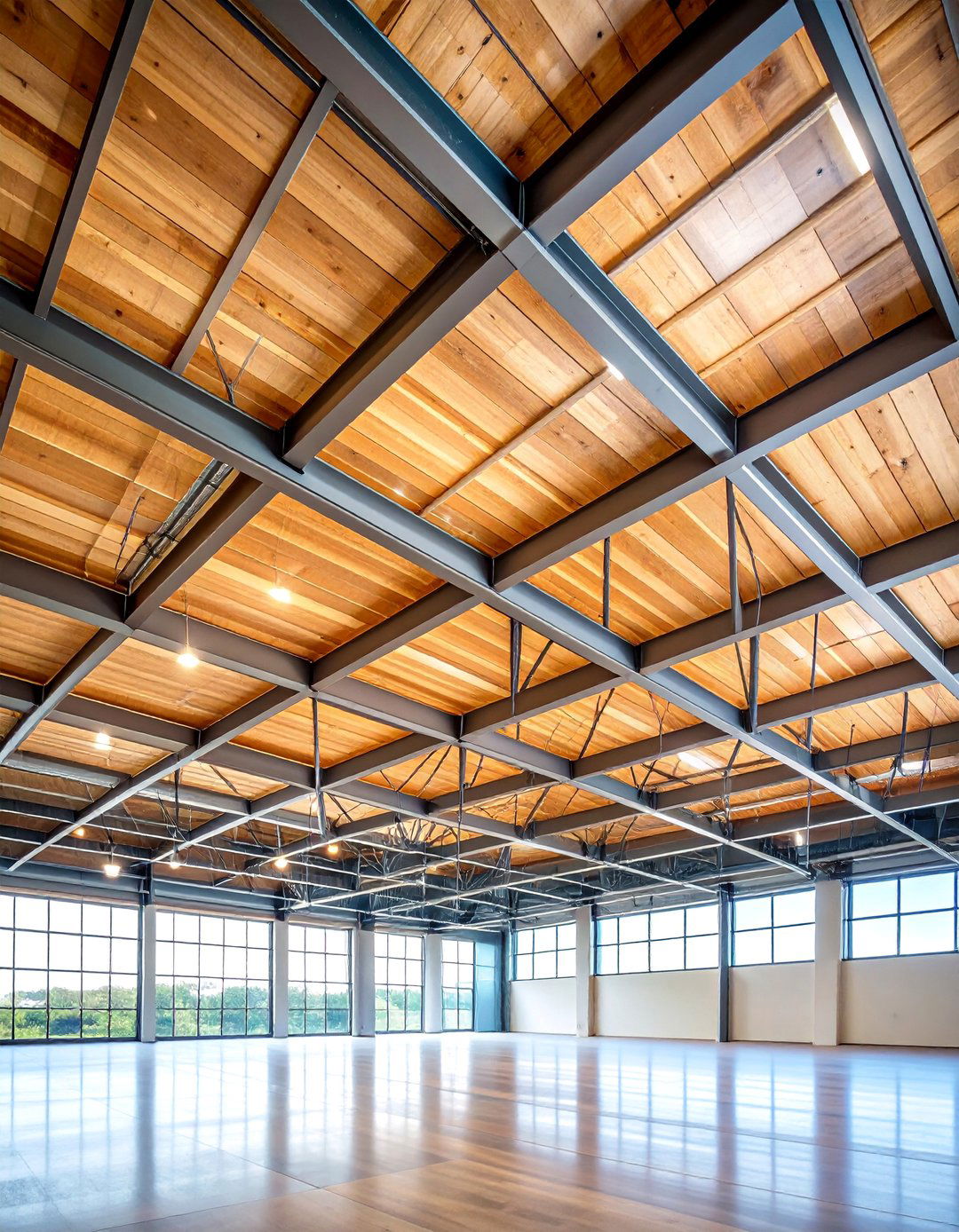
Industrial-style ceilings combine plywood panels with metal framing elements, creating contemporary designs that celebrate raw materials and honest construction. This approach uses steel or aluminum frames to hold plywood panels, emphasizing the contrast between warm wood and cool metal. The exposed framing becomes part of the design aesthetic rather than hidden structural elements. Dark metal frames paired with natural plywood create striking visual contrast and modern sophistication. Installation involves mounting metal grid systems with plywood panels fitted within frames. This design works exceptionally well in loft spaces, modern homes, or commercial environments seeking industrial chic aesthetics that maintain warmth through natural wood elements.
14. Barrel Vault Plywood Ceiling
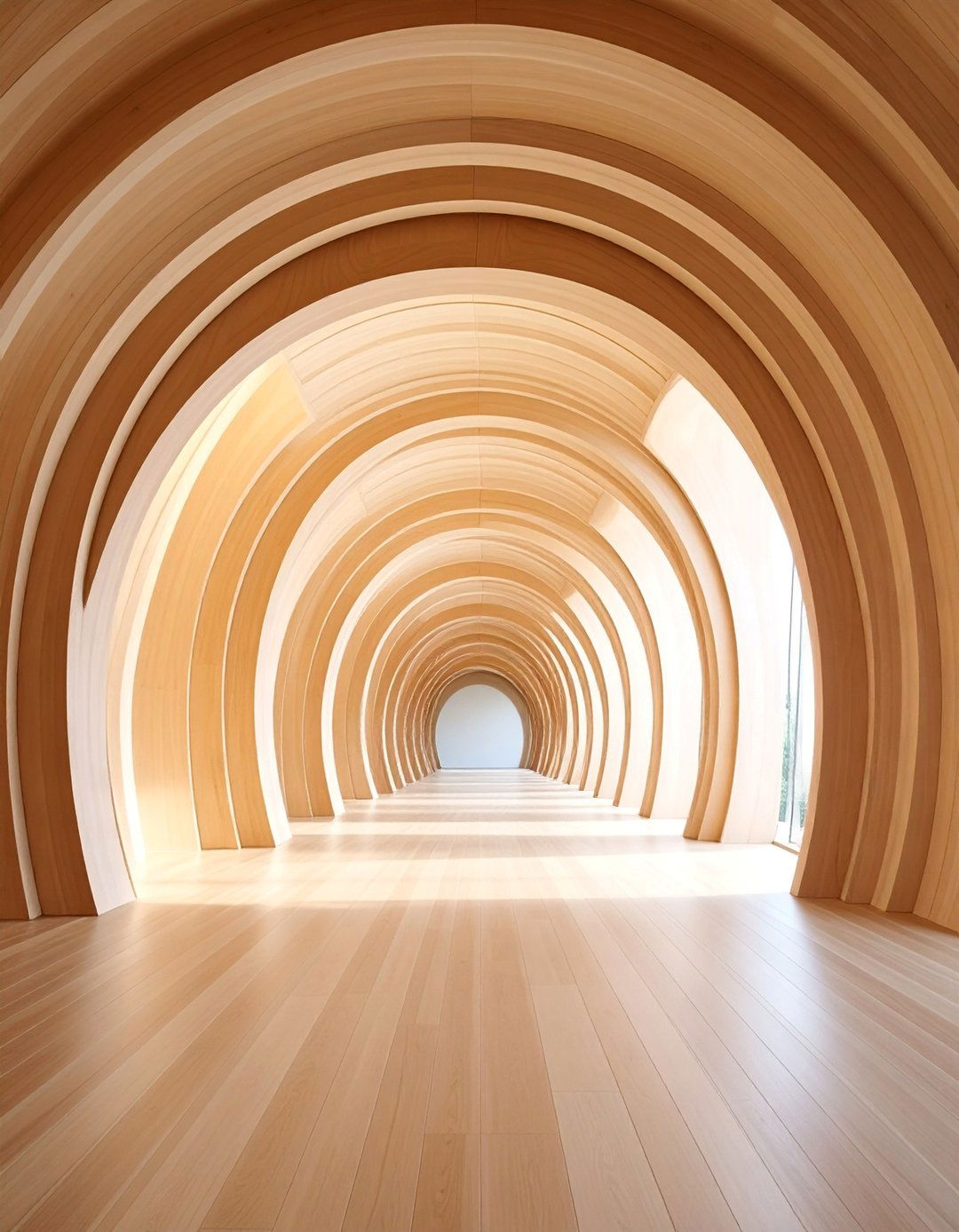
Barrel vault plywood installations create dramatic curved ceiling designs that add architectural grandeur and spatial sophistication to interior spaces. This technique uses flexible plywood bent into continuous arch forms spanning room widths, creating tunnel-like effects that enhance vertical space perception. The curves can be subtle or pronounced, depending on desired visual impact and structural requirements. Installation requires specialized framing and bending techniques to achieve smooth, consistent curves. Light-colored plywood maximizes the sense of openness while showcasing the flowing form. This design works particularly well in hallways, bedrooms, or dining areas seeking unique architectural features that create memorable spatial experiences and visual drama.
15. Checkerboard Plywood Ceiling
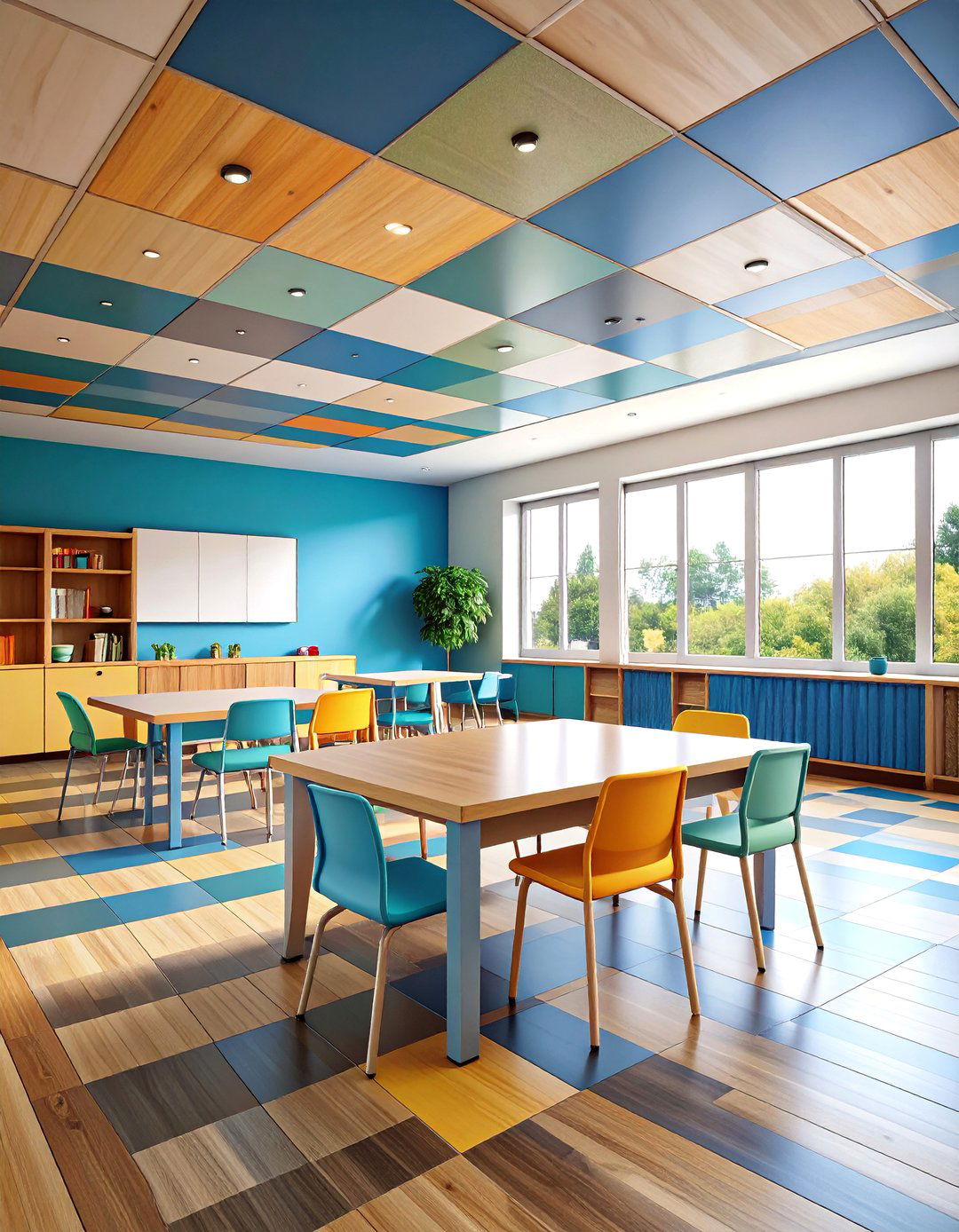
Alternating light and dark plywood squares create bold checkerboard patterns that add playful sophistication and visual energy to ceiling designs. This graphic approach uses two contrasting plywood finishes arranged in systematic grid patterns, creating striking geometric impact. Each square measures approximately eighteen inches, creating optimal visual proportions for most room sizes. The contrast can involve different wood species, stain colors, or paint finishes depending on desired aesthetic effects. Installation requires careful layout planning to ensure balanced pattern distribution. This design works particularly well in game rooms, children's spaces, or contemporary interiors seeking bold, graphic elements that maintain sophisticated execution while adding personality and visual interest.
16. Tongue-and-Groove Style Plywood Ceiling
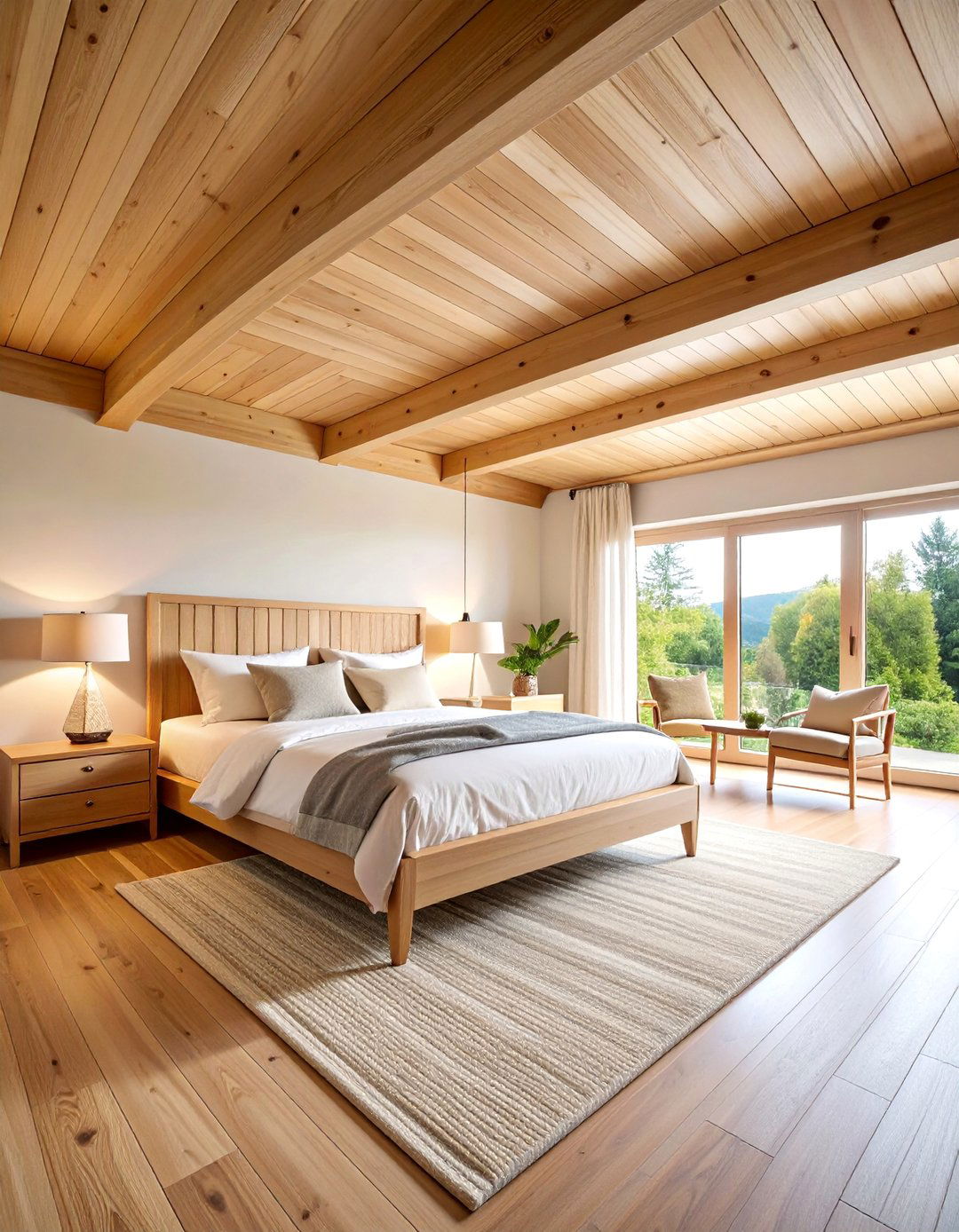
Traditional tongue-and-groove aesthetics achieved through plywood strips create seamless, continuous ceiling surfaces with classic wood appeal and contemporary installation efficiency. This design uses plywood cut into narrow planks with edges designed to interlock, eliminating visible gaps between boards. The seamless appearance creates clean, unified ceiling surfaces while maintaining natural wood character. Installation involves careful edge preparation and systematic installation to ensure tight joints throughout. Natural cedar plywood provides aromatic qualities and beautiful grain patterns with natural resistance to moisture. This approach works exceptionally well in bedrooms, living rooms, or covered porches seeking traditional wood ceiling aesthetics with modern installation convenience and material consistency.
17. Tray Ceiling with Plywood Accents
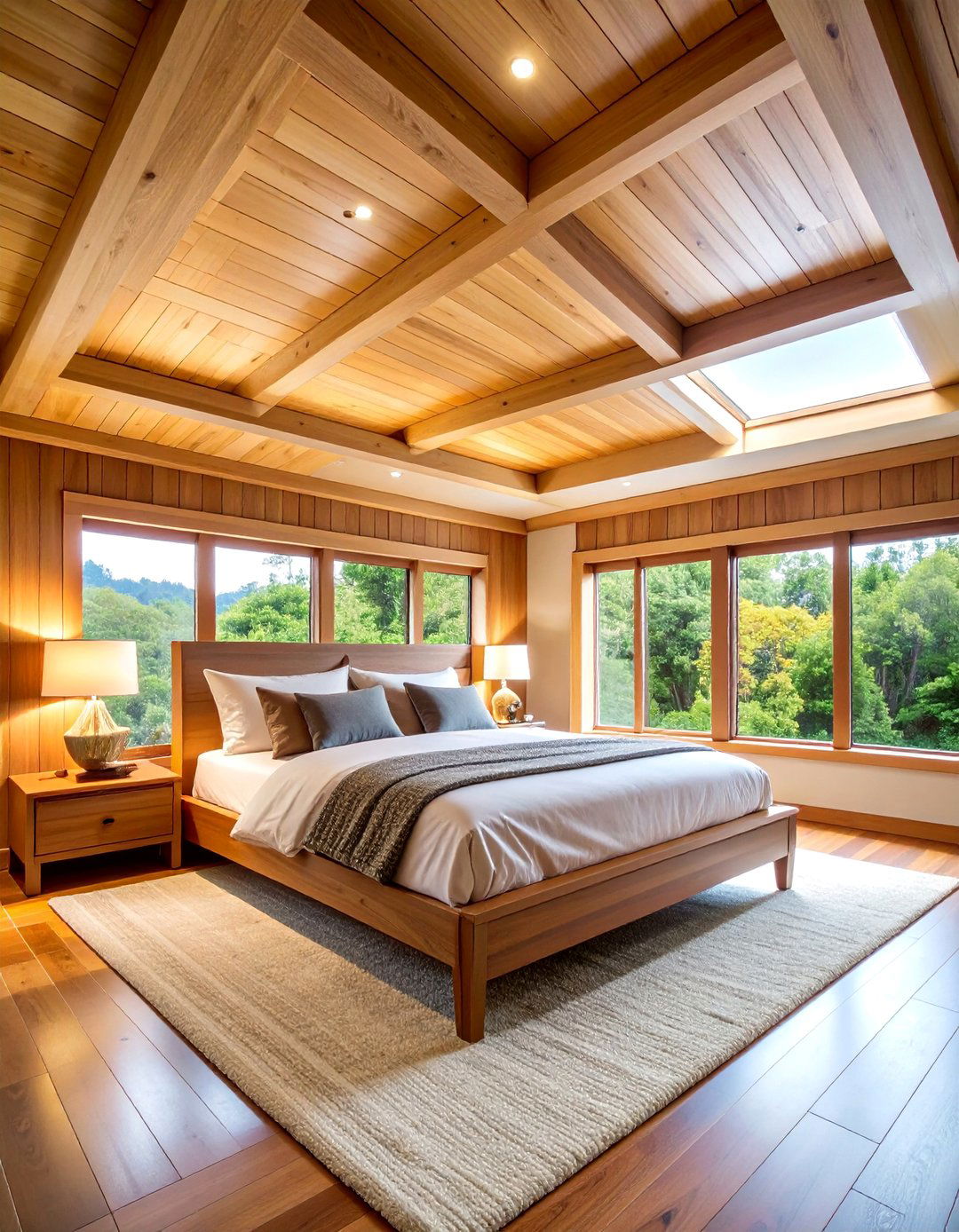
Stepped tray ceilings incorporate plywood panels within recessed areas, creating layered dimensional effects that add architectural sophistication and visual height. This design features raised perimeter areas with recessed central sections lined with plywood panels, creating elegant depth variations. The contrast between painted perimeter areas and natural wood centers adds visual interest while maintaining sophisticated balance. Installation involves framing stepped levels with plywood installation in designated areas. Rich mahogany plywood with satin finish provides elegant warmth within the recessed sections. This approach works particularly well in master bedrooms, formal dining rooms, or living spaces seeking architectural distinction that enhances room proportions and creates intimate overhead focal points.
18. Plywood Ceiling with Exposed Conduit
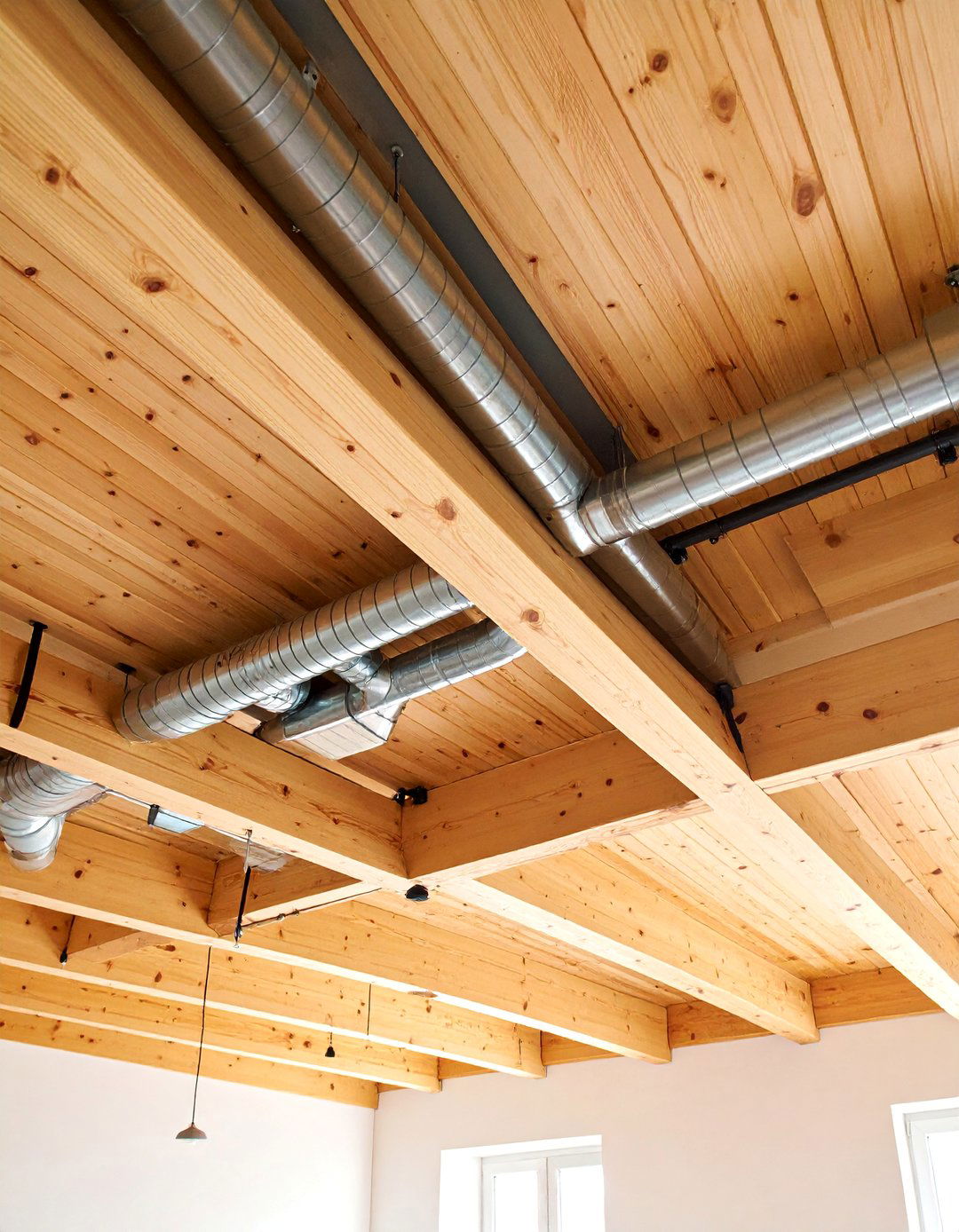
Industrial-chic designs combine natural plywood panels with exposed electrical conduit, creating contemporary aesthetics that celebrate functional elements as decorative features. This approach leaves electrical wiring and conduit visible against plywood backgrounds, emphasizing honest construction and utilitarian beauty. The contrast between warm wood and metal conduit creates visual interest while maintaining clean, uncluttered lines. Installation involves careful conduit routing that becomes part of the overall design composition. Natural birch plywood provides neutral background that emphasizes conduit patterns and electrical elements. This design works exceptionally well in loft spaces, modern homes, or commercial environments seeking authentic industrial aesthetics that maintain residential warmth through natural wood elements.
19. Stained Glass Pattern Plywood Ceiling

Geometric plywood arrangements mimic stained glass window patterns, creating artistic ceiling designs that add color and sophisticated visual complexity to interior spaces. This technique uses different colored stains on plywood sections arranged in traditional stained glass motifs, creating colorful geometric compositions overhead. The patterns can reference historical designs or create contemporary interpretations of classic themes. Installation requires precise cutting and careful stain application to achieve clean color separations. Multiple wood species provide natural color variations enhanced by complementary stains. This approach works particularly well in dining rooms, entry halls, or artistic spaces seeking unique overhead focal points that combine craftsmanship tradition with contemporary material applications and installation techniques.
20. Floating Island Plywood Ceiling
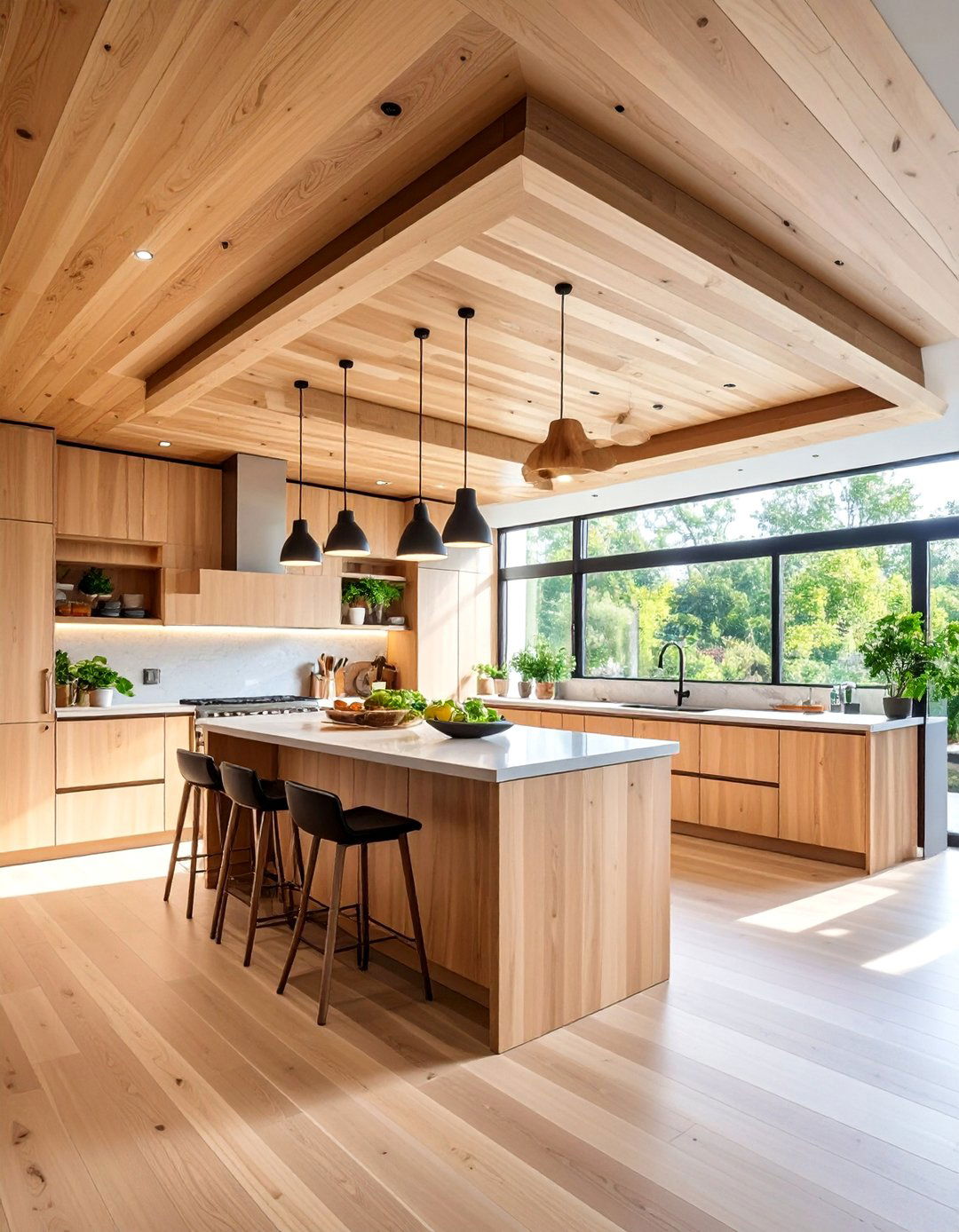
Suspended plywood "islands" create modern ceiling designs that define specific areas while maintaining open, flowing spatial relationships throughout larger rooms. This approach uses plywood panels suspended at varying heights to create functional zones without physical barriers. The floating elements can incorporate lighting, ventilation, or decorative features while defining dining, seating, or work areas. Installation involves careful structural planning to support suspended elements safely. Natural ash plywood with matte finish provides contemporary aesthetics while maintaining warm, inviting characteristics. This design works exceptionally well in open-concept homes, modern kitchens, or commercial spaces seeking flexible space definition that maintains visual continuity while creating functional organization and architectural interest.
21. Shiplap-Style Plywood Ceiling
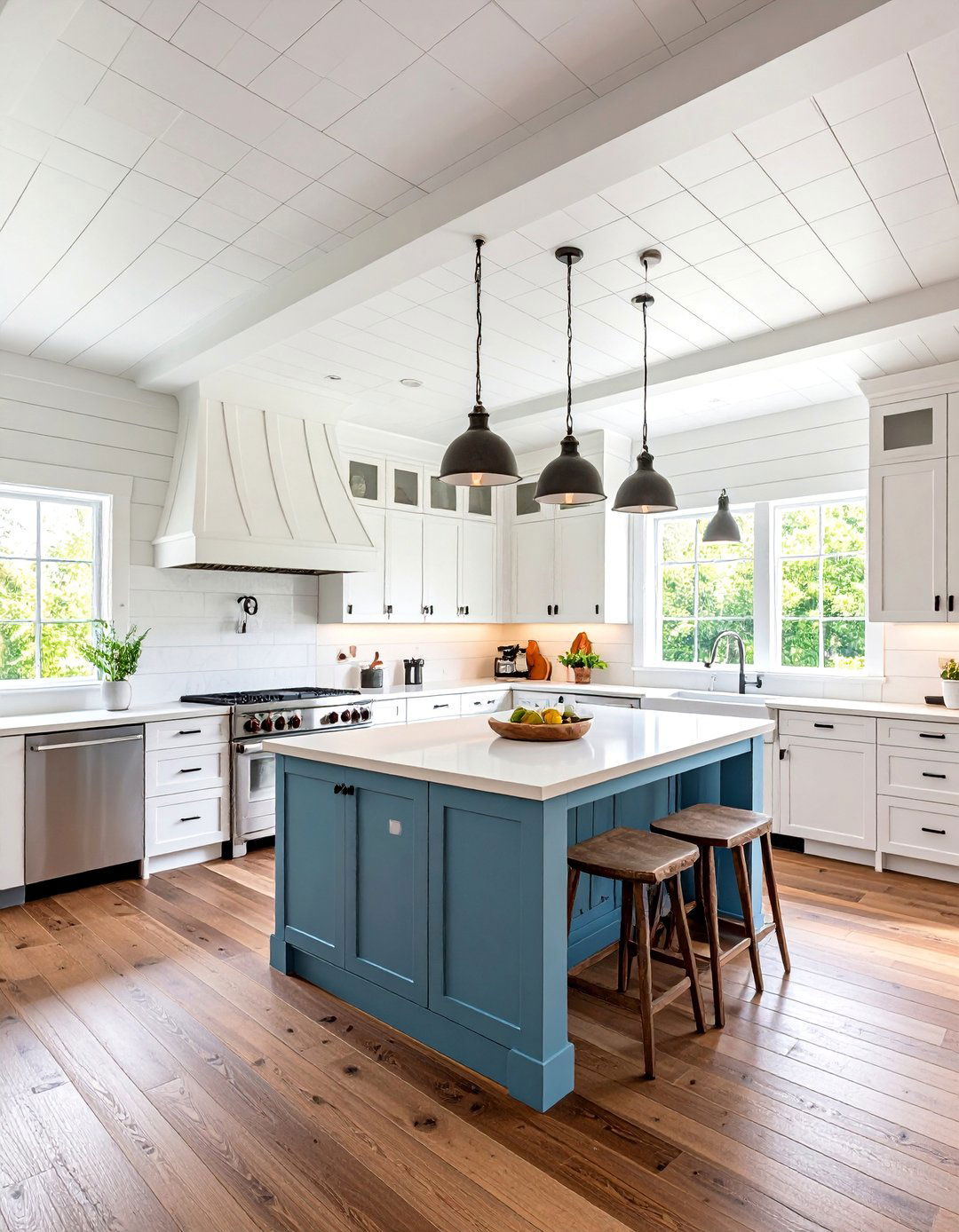
Horizontal plywood planks installed with slight gaps create authentic shiplap aesthetics that add farmhouse charm and coastal appeal to ceiling designs. This technique uses narrow plywood strips installed with consistent spacing, creating shadow lines that emphasize the horizontal orientation. The gaps provide visual rhythm while maintaining clean, organized appearance throughout the ceiling surface. Installation involves careful spacing and alignment to ensure consistent gap widths. White or light gray paint finish provides coastal aesthetics while maintaining natural wood texture visible through the paint application. This approach works particularly well in bedrooms, kitchens, or casual living spaces seeking relaxed, approachable aesthetics that combine traditional craftsmanship with contemporary comfort and style.
22. Radial Burst Plywood Ceiling
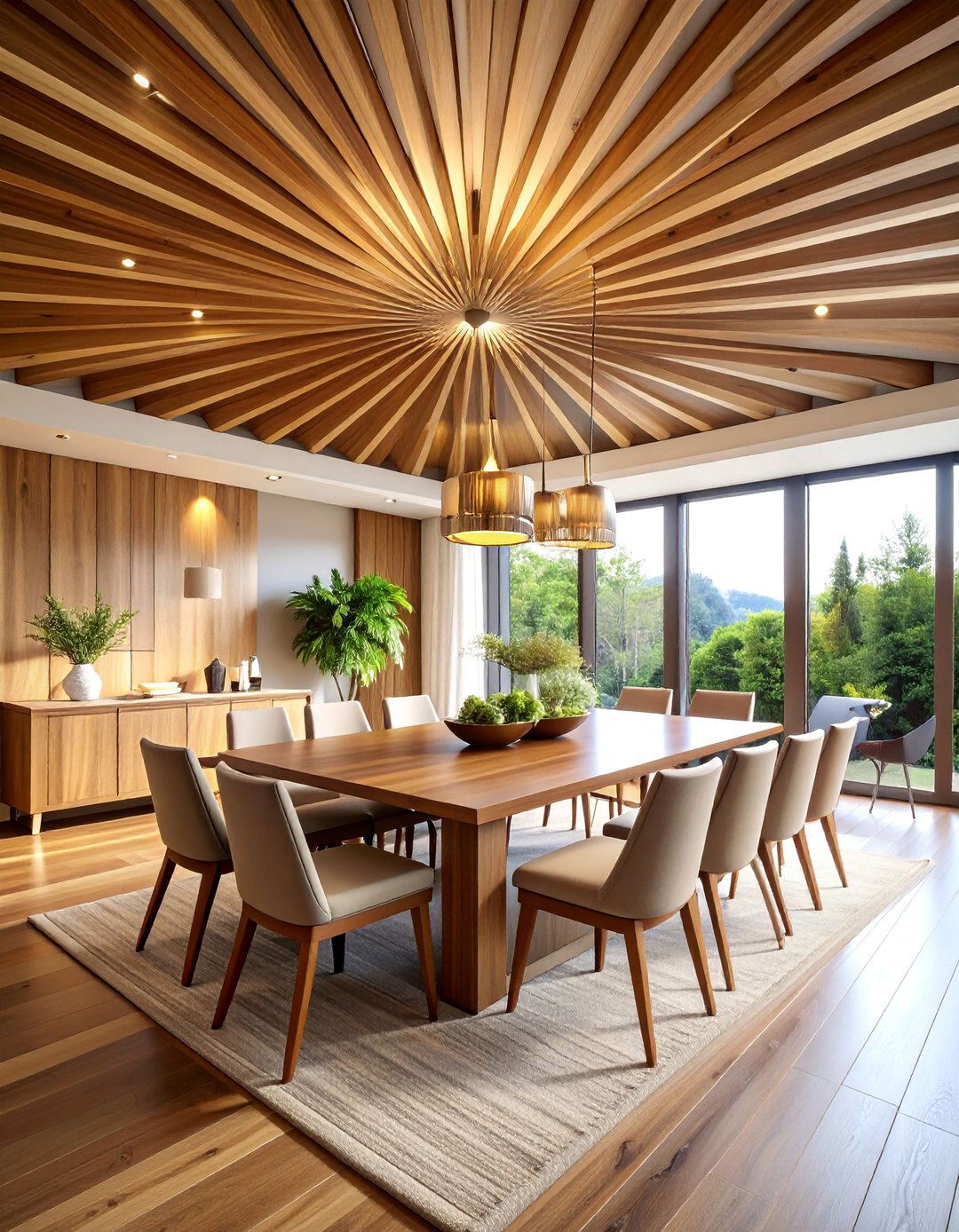
Dramatic radial patterns emanate from ceiling centers, creating sunburst effects that add dynamic energy and sculptural interest to interior spaces. This design uses plywood strips arranged in radiating patterns, creating focal points that draw attention upward while adding architectural drama. The strips can extend partially or completely across ceiling surfaces, depending on desired visual impact and room proportions. Installation requires careful center point establishment and precise angle calculations for consistent spacing. Natural walnut plywood with clear finish emphasizes the dramatic grain patterns inherent in radial arrangements. This design works particularly well in dining rooms, entry halls, or artistic spaces seeking bold overhead statements that create memorable architectural features and conversation focal points.
23. Woven Basket Plywood Ceiling

Interwoven plywood strips create basket-weave patterns that add textural complexity and artisanal charm to ceiling designs through traditional craft-inspired motifs. This technique uses narrow plywood strips woven in alternating over-under patterns, creating three-dimensional textural effects reminiscent of traditional basketry. The weaving creates natural depth variations while maintaining systematic, organized appearance throughout the ceiling surface. Installation requires careful planning and patient weaving techniques to achieve consistent patterns. Light oak plywood emphasizes the weaving pattern while providing warm, natural aesthetics. This approach works particularly well in dining rooms, bedrooms, or spaces seeking unique architectural features that reference traditional craftsmanship while maintaining contemporary sophistication and visual interest that celebrates handmade aesthetic values.
24. Zen Minimalist Plywood Ceiling

Clean, simple plywood installations emphasize natural beauty through minimal interventions that celebrate wood's inherent characteristics without decorative embellishment. This approach uses large, uncut plywood panels with minimal joints, creating serene, uncluttered ceiling surfaces that promote calm, meditative atmospheres. The focus remains on wood grain patterns, natural color variations, and honest material expression. Installation involves careful panel selection and minimal finishing to preserve authentic wood characteristics. Natural bamboo plywood provides sustainable material choice with distinctive grain patterns and light, even coloring. This design works particularly well in bedrooms, meditation spaces, or contemporary homes seeking peaceful, restorative environments that emphasize natural materials and simple, honest design principles that promote wellbeing.
25. Multi-Level Stepped Plywood Ceiling
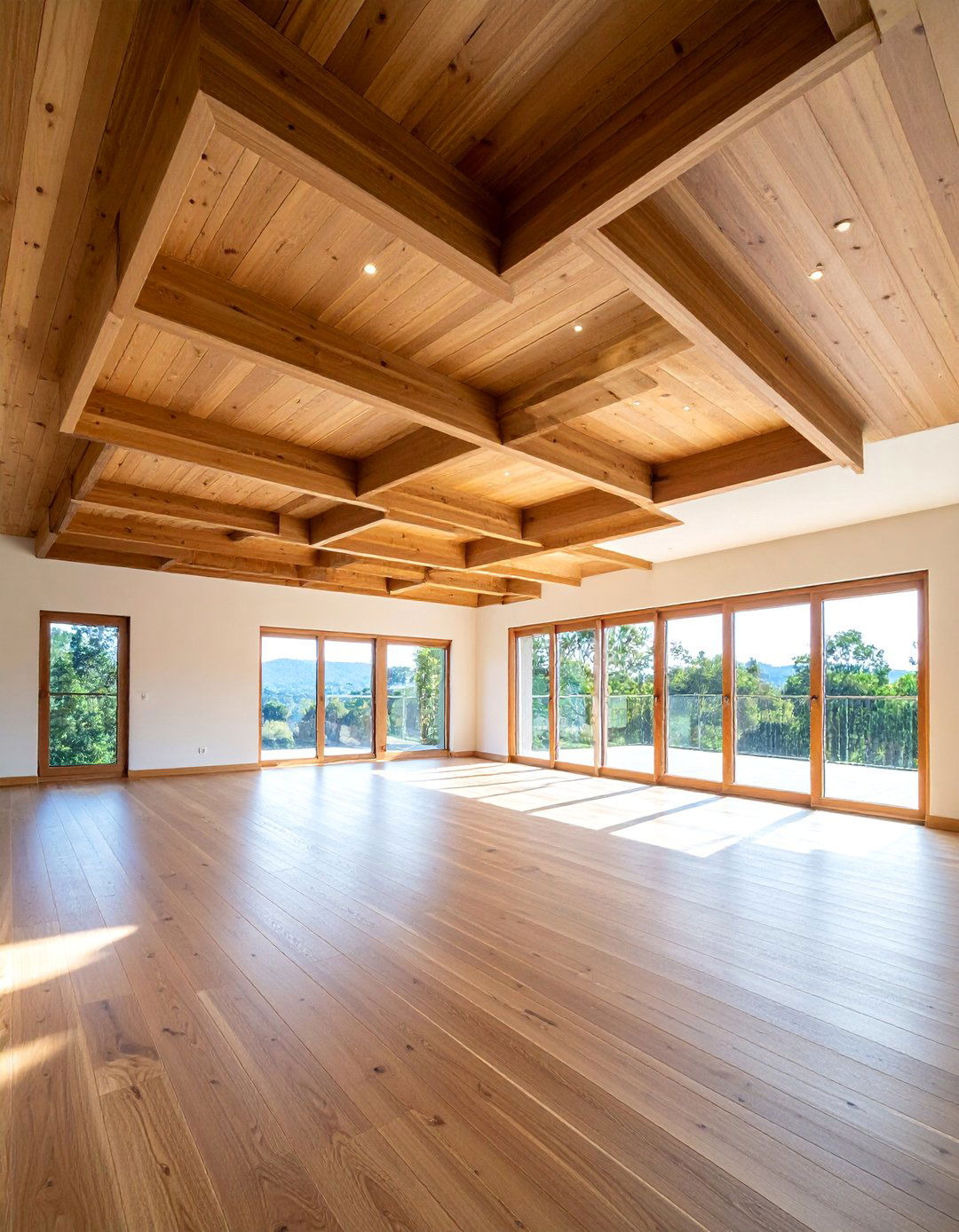
Complex stepped ceiling designs use multiple plywood levels at varying heights, creating architectural landscapes that add dramatic spatial complexity and sophisticated visual hierarchy. This approach involves constructing stepped platforms at different elevations, each covered with plywood panels that create terraced effects overhead. The multiple levels can incorporate lighting, ventilation, or decorative elements while defining functional zones within larger spaces. Installation requires extensive structural planning and precise construction to support multiple levels safely. Natural cherry plywood with satin finish provides rich, warm aesthetics that emphasize the dimensional complexity. This design works exceptionally well in great rooms, modern homes, or commercial spaces seeking distinctive architectural features that create memorable spatial experiences and sophisticated overhead focal points.
Conclusion:
Plywood ceiling designs offer unlimited creative possibilities that combine affordability, durability, and aesthetic appeal across diverse interior styles. From geometric patterns to rustic exposed beams, these versatile installations transform ordinary spaces into architectural statements. Whether pursuing contemporary minimalism or farmhouse charm, plywood provides sustainable material solutions that accommodate various budgets and skill levels. The natural warmth and texture of wood enhance any environment while offering practical benefits including sound absorption, easy installation, and long-term durability for lasting home improvement investments.


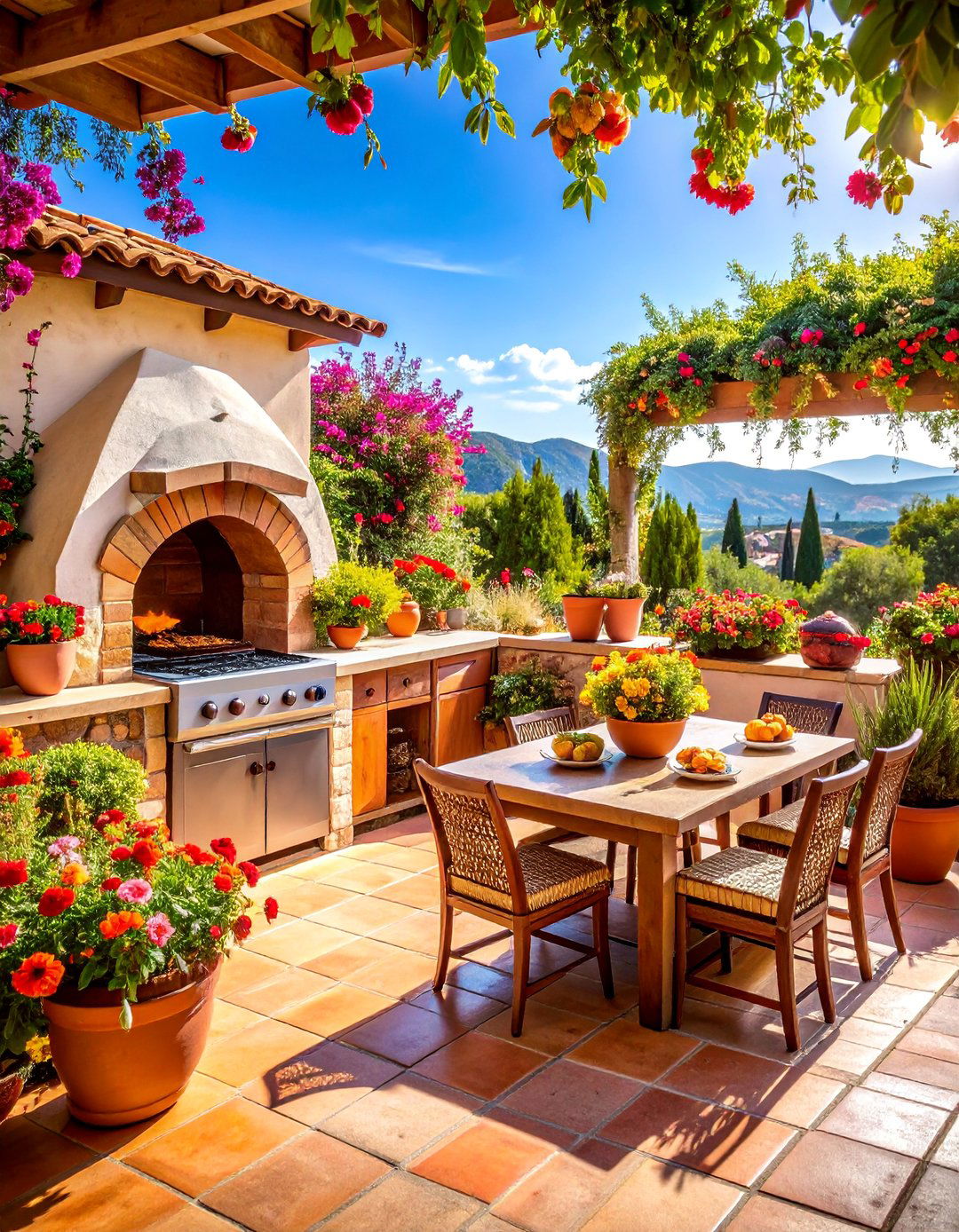
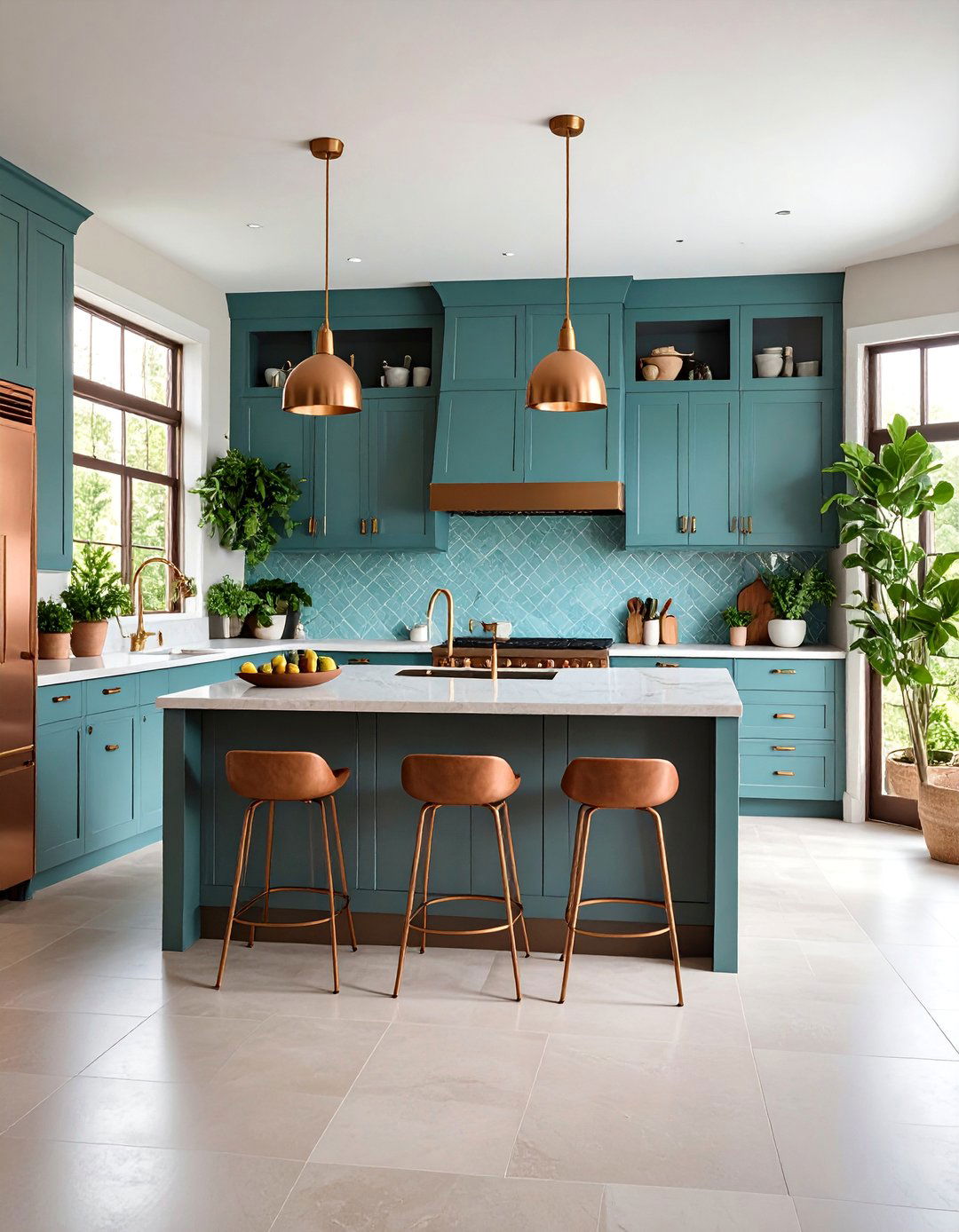

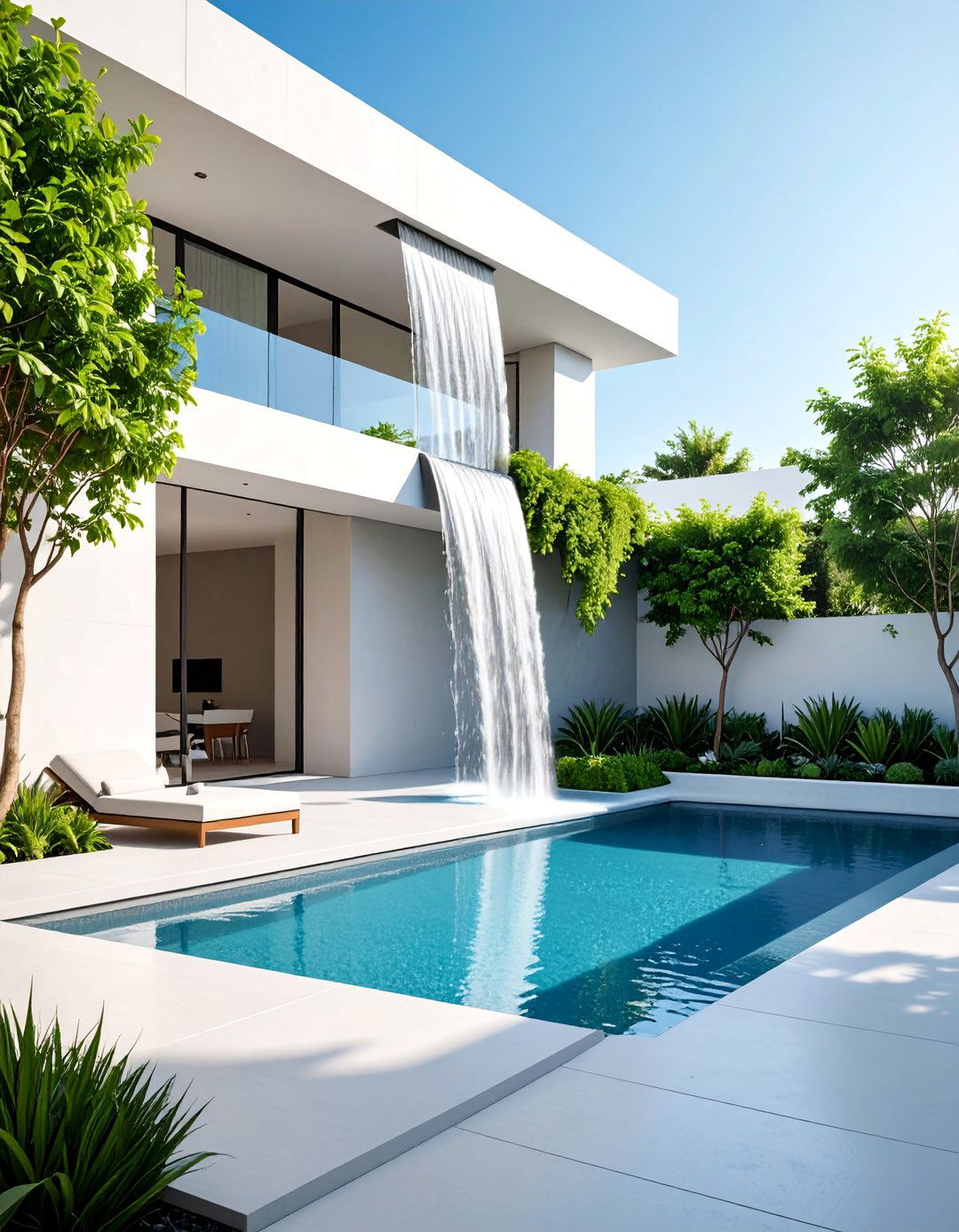
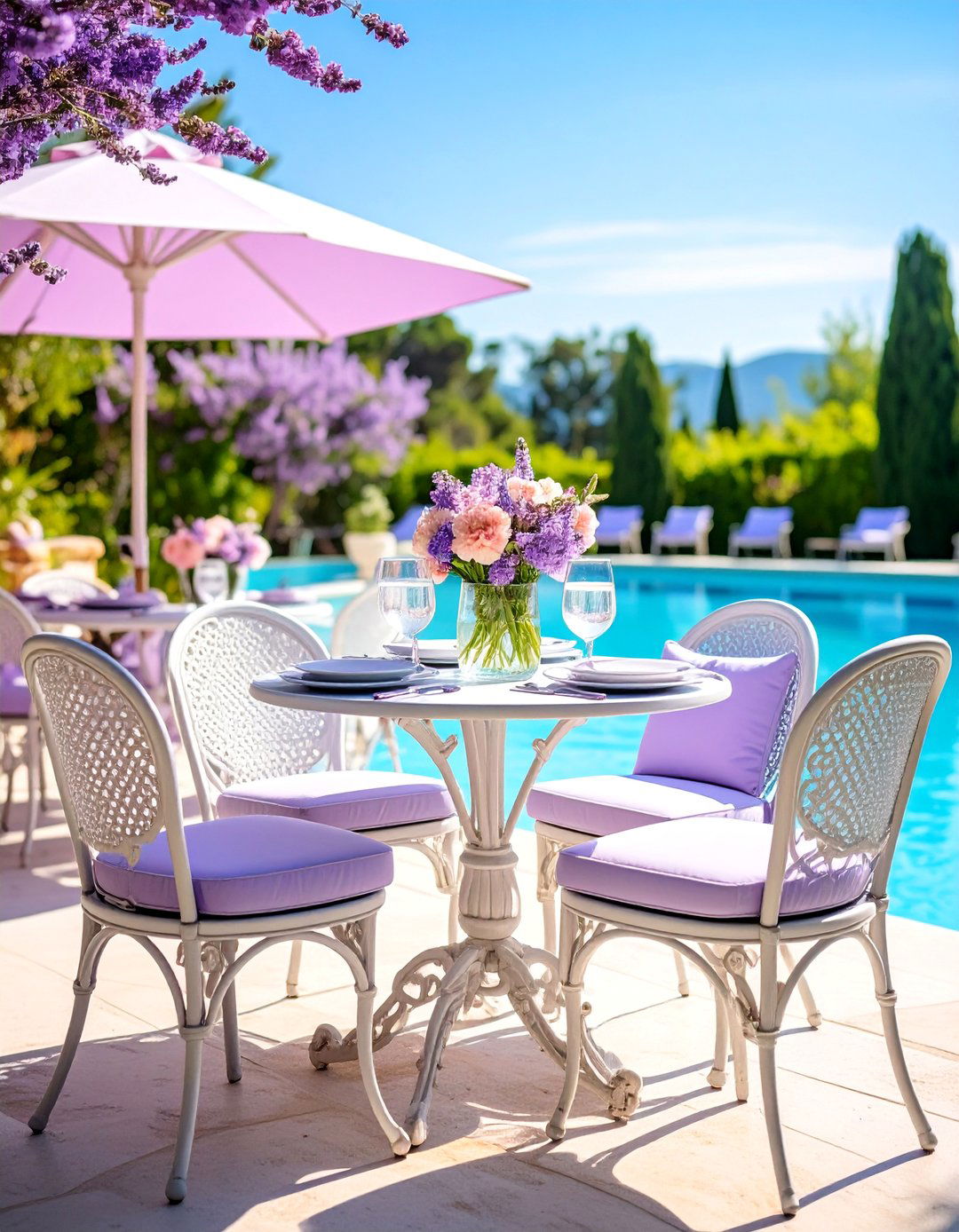
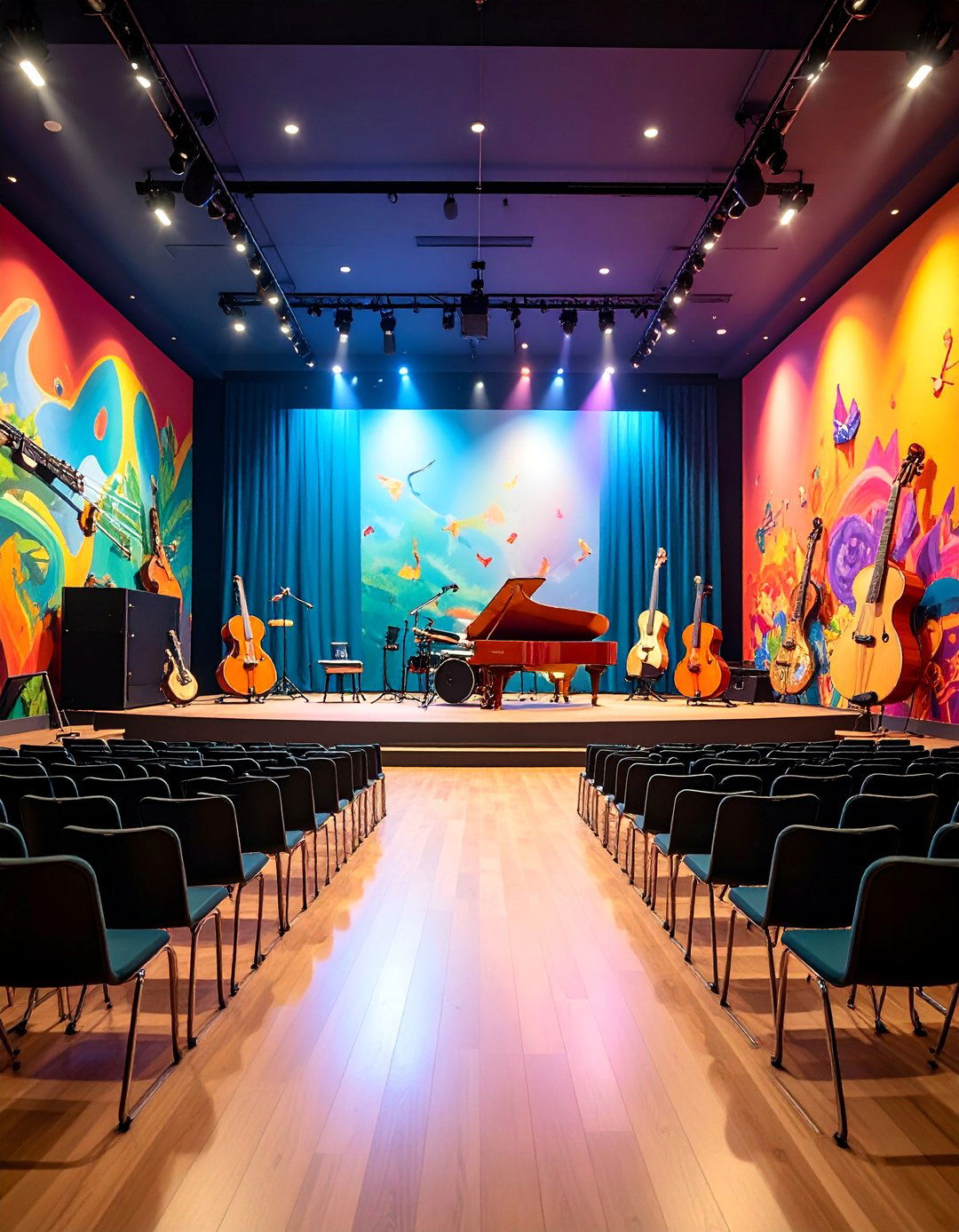

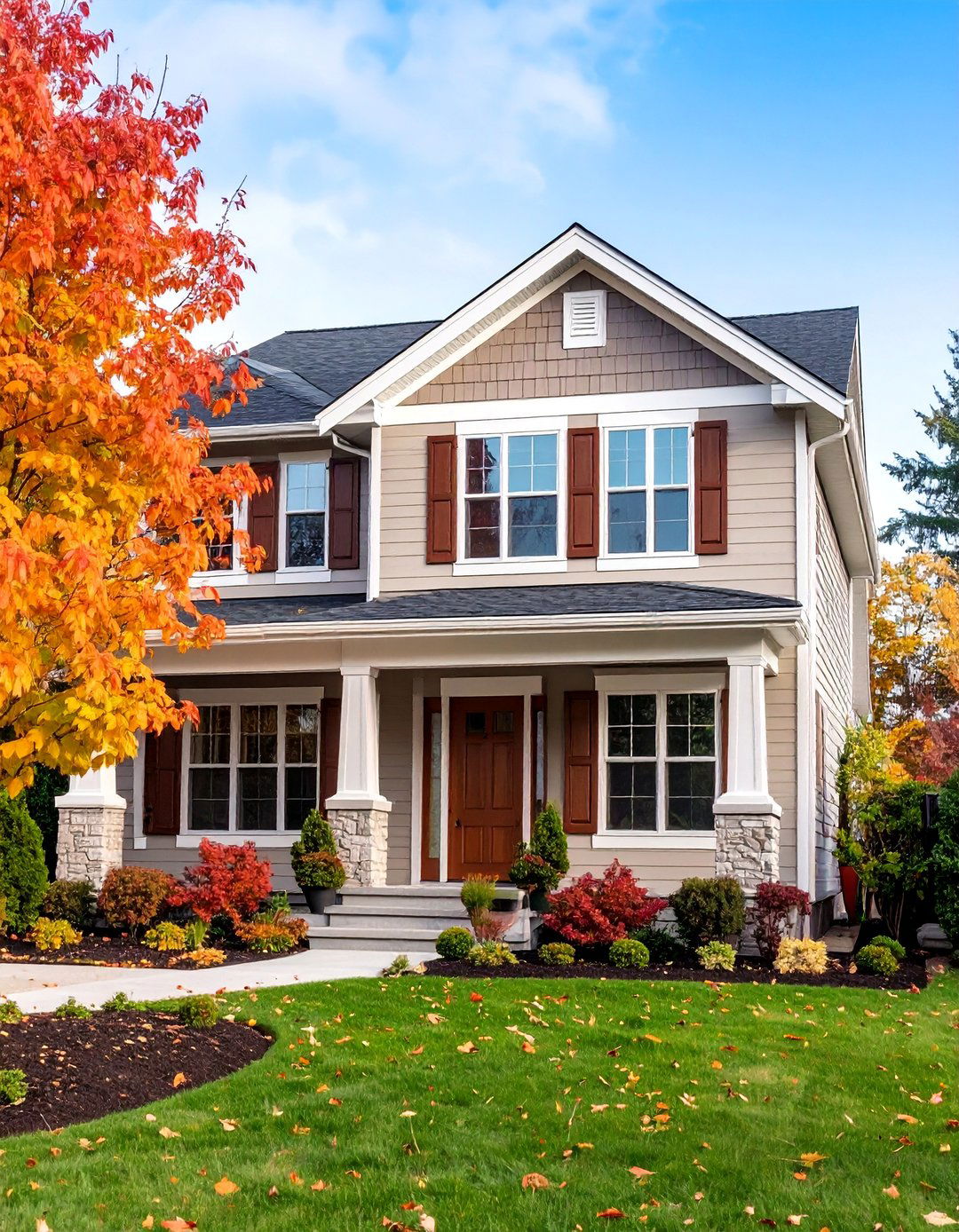
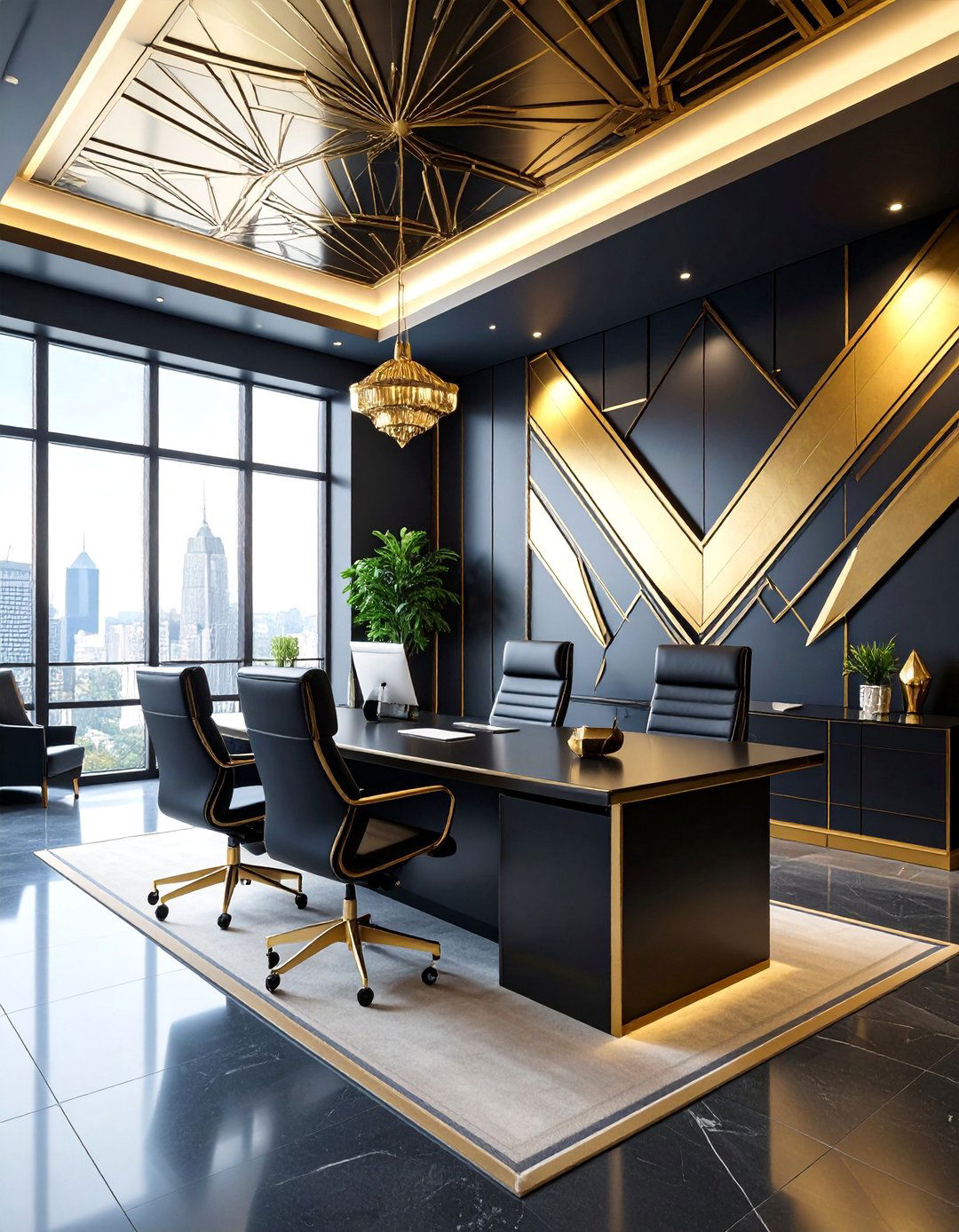
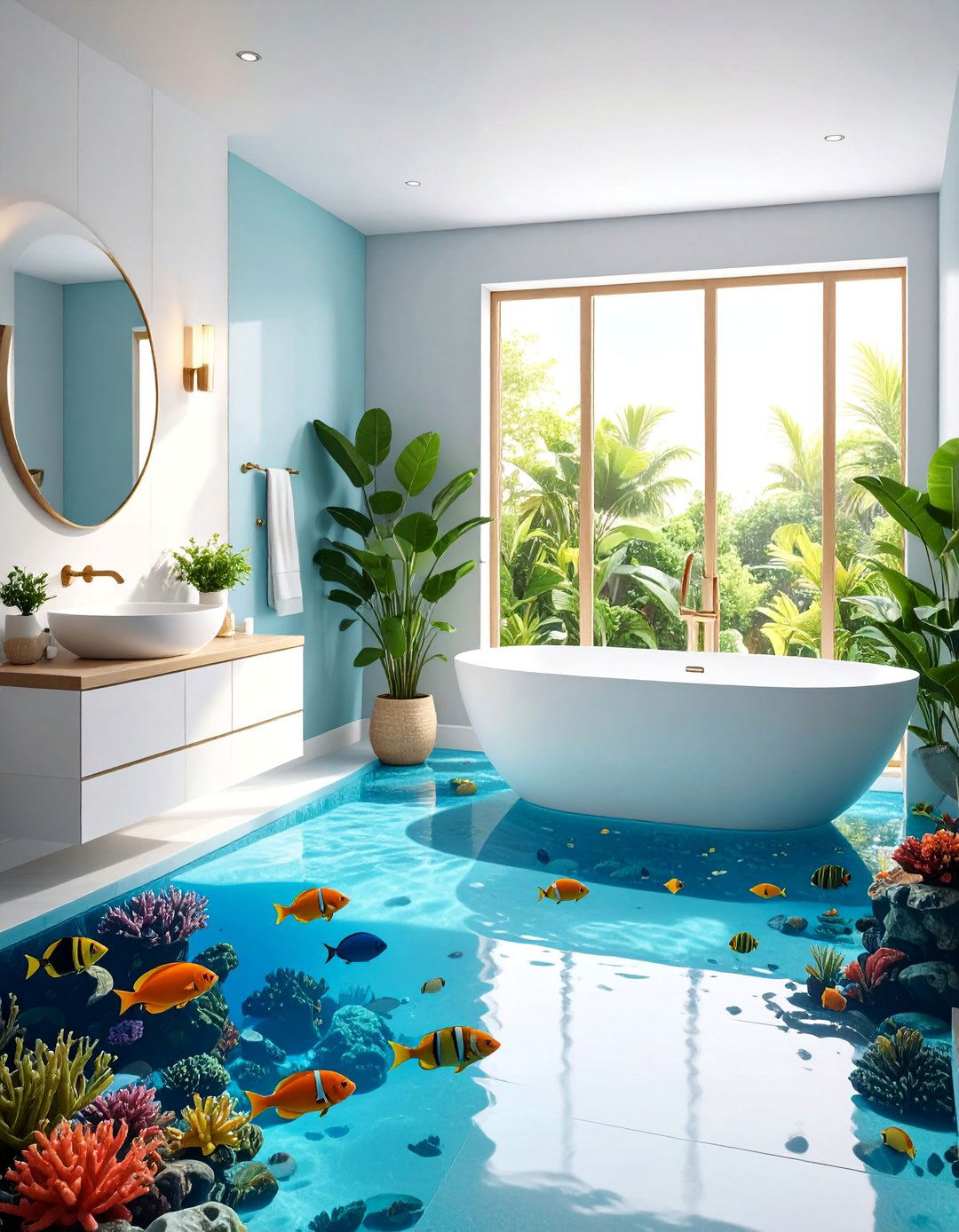
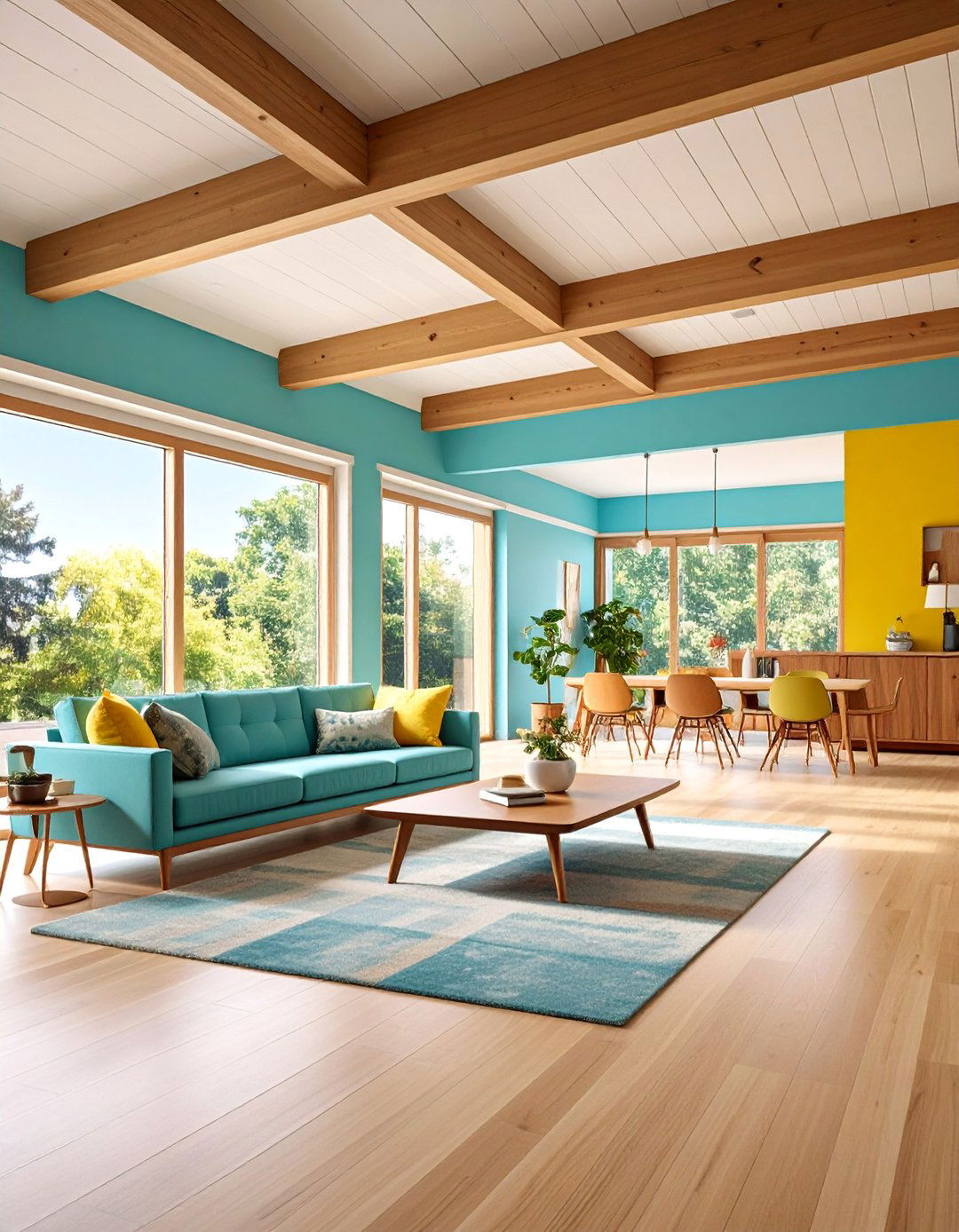



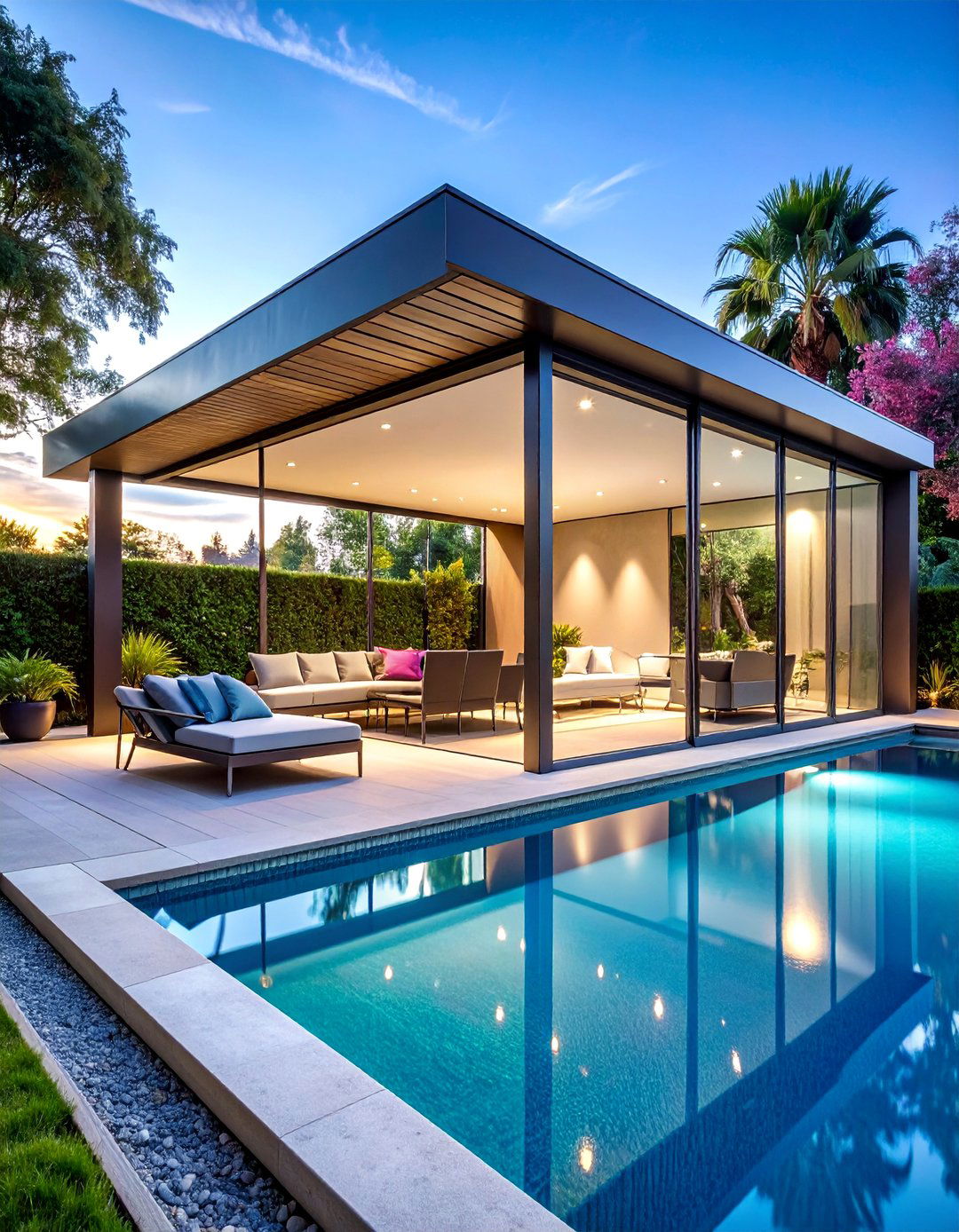

Leave a Reply